


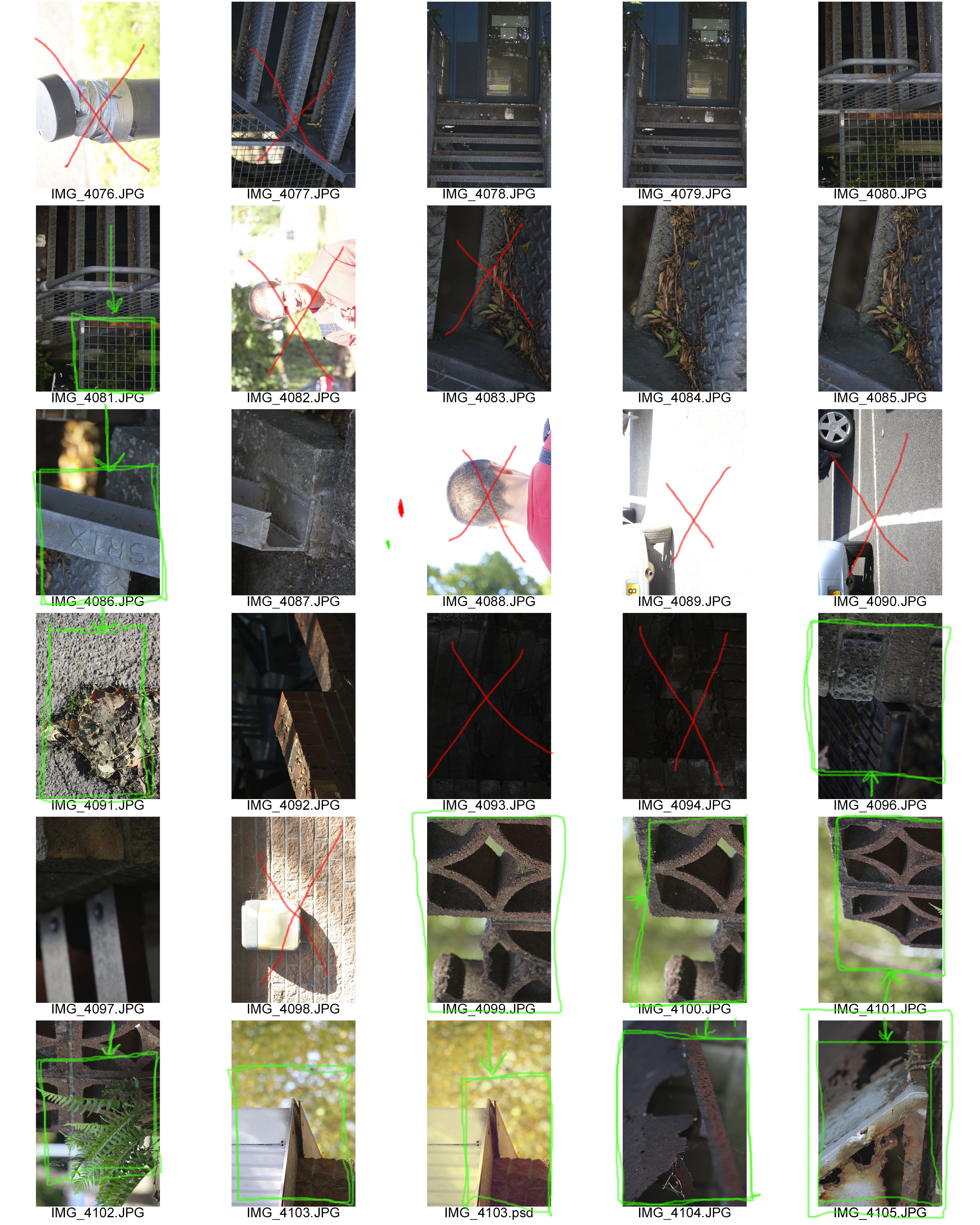

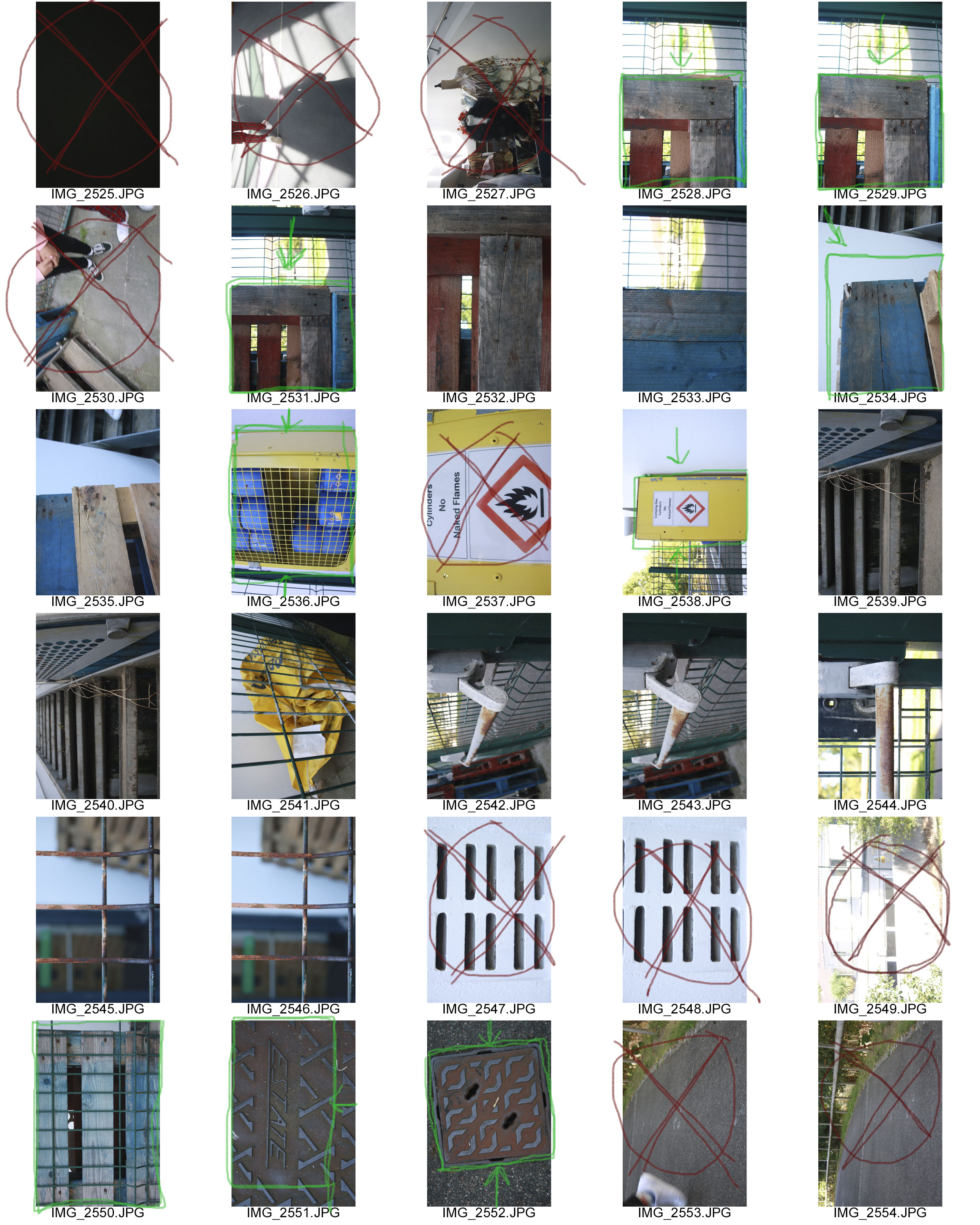
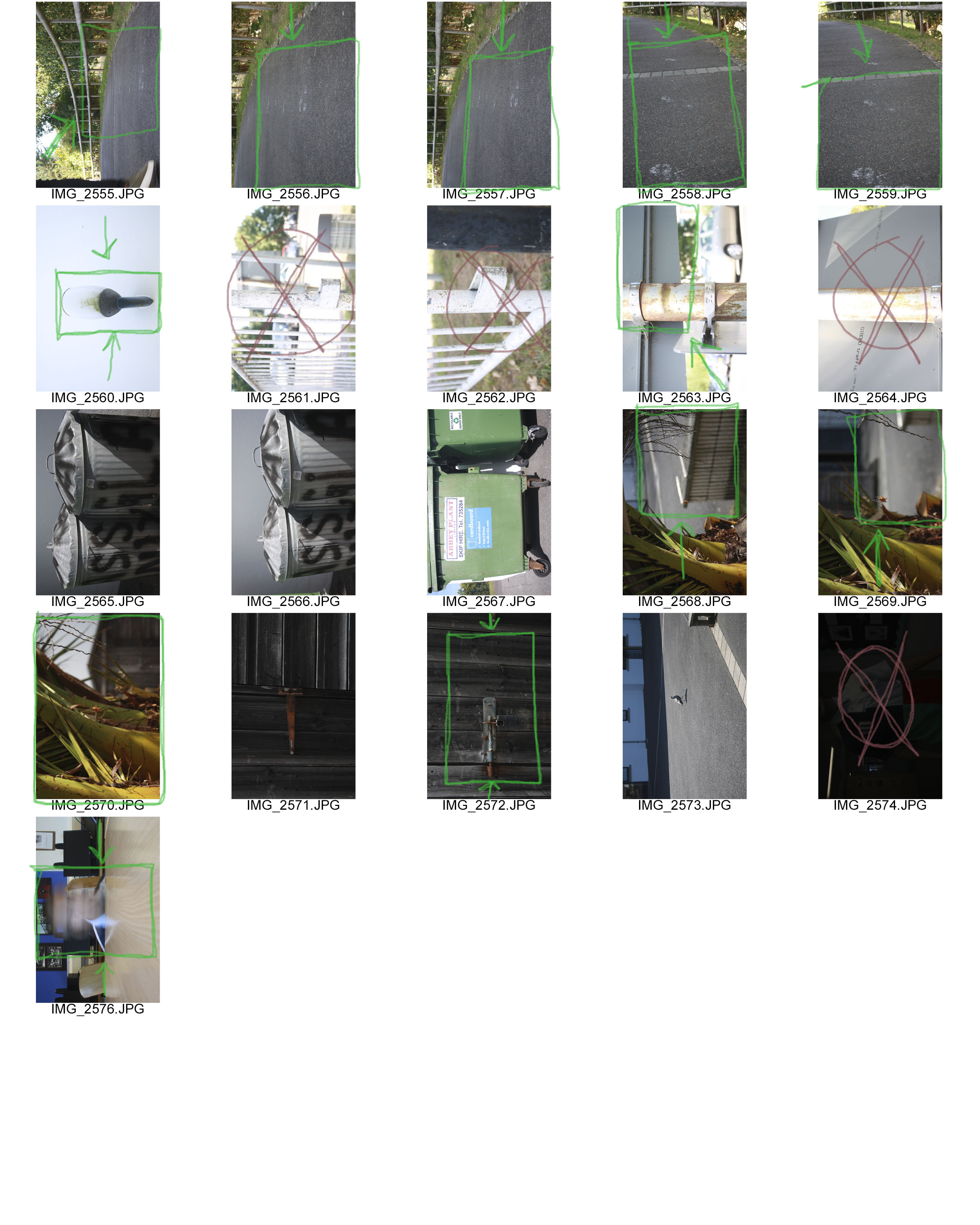
Category Archives: Unit 1 Abstract
Filters
Abstract Project – Letha Wilson – Case Study (Abstract)
Letha Wilson is an artist that is well known for combining her photography with various industrial materials. She makes cuts and tears into her work giving it a strong geometric look, pushing and pulling various components of the images into place. she also occasionally encases parts of her photography in concrete. She often incorporates elements of architecture and 3 dimensional elements. This piece is a personal favorite of mine due to the strong geometric elements and good balance of different tones and colors.
This piece is a personal favorite of mine due to the strong geometric elements and good balance of different tones and colors.
Despite this i’m not too big a fan of the images she uses for her works as personally i find them rather boring in composition, however it can be argued that these types of images would work best with her style of work.
Abstract Project – Moodboard
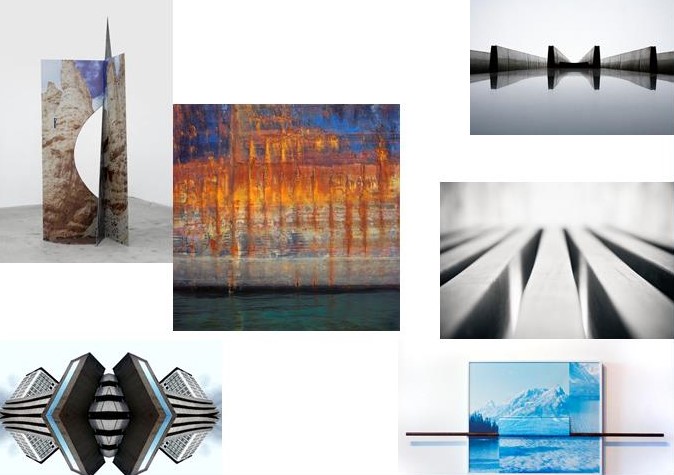
Finalizing my final images
Now that I have narrowed down my favorite images for printing, I will do the lasts bits of editing and present how I want them to be displayed.

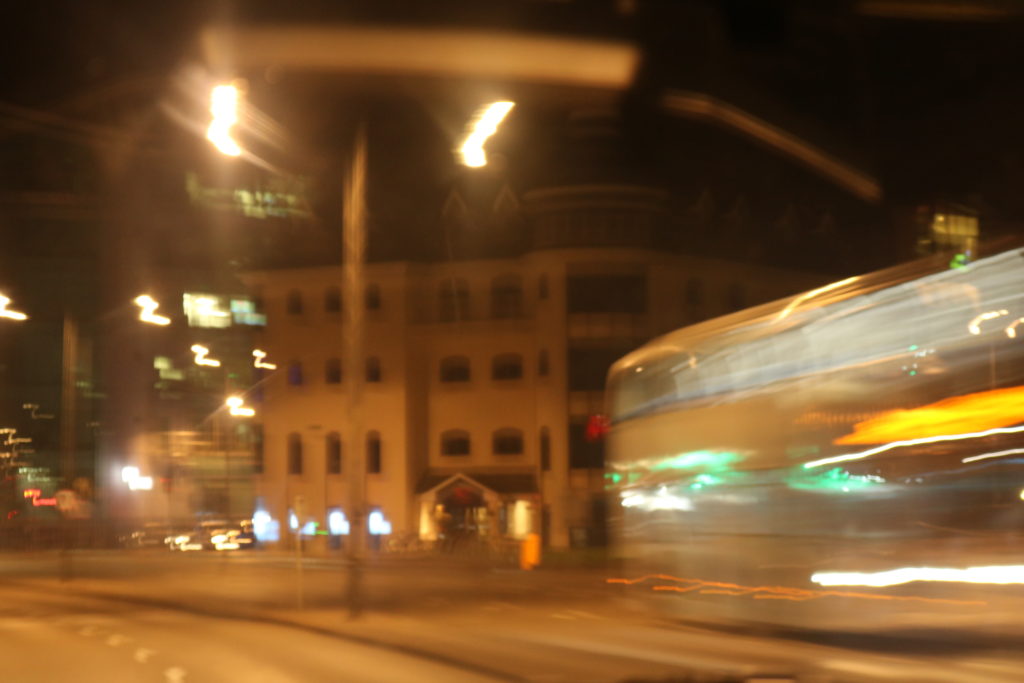


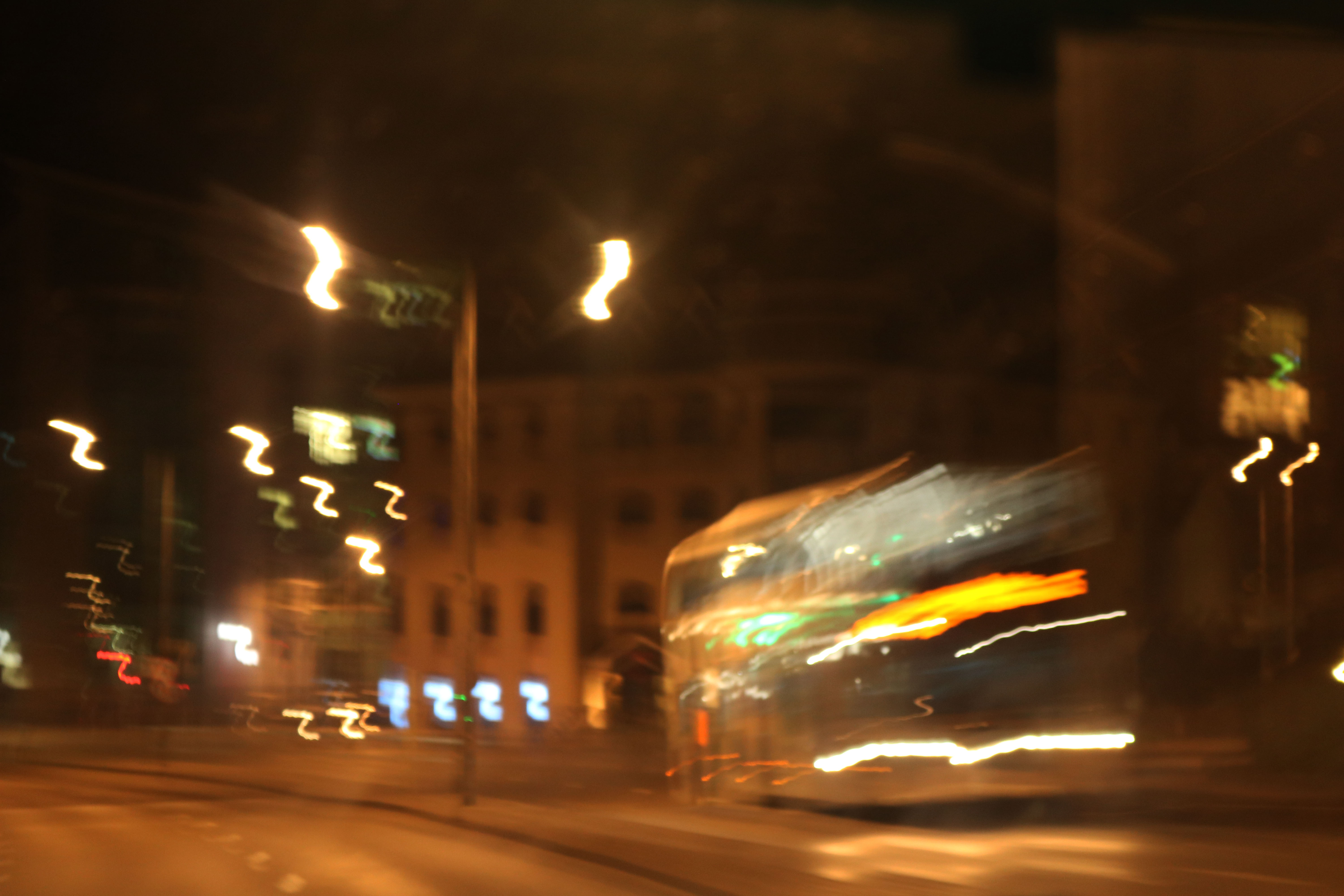
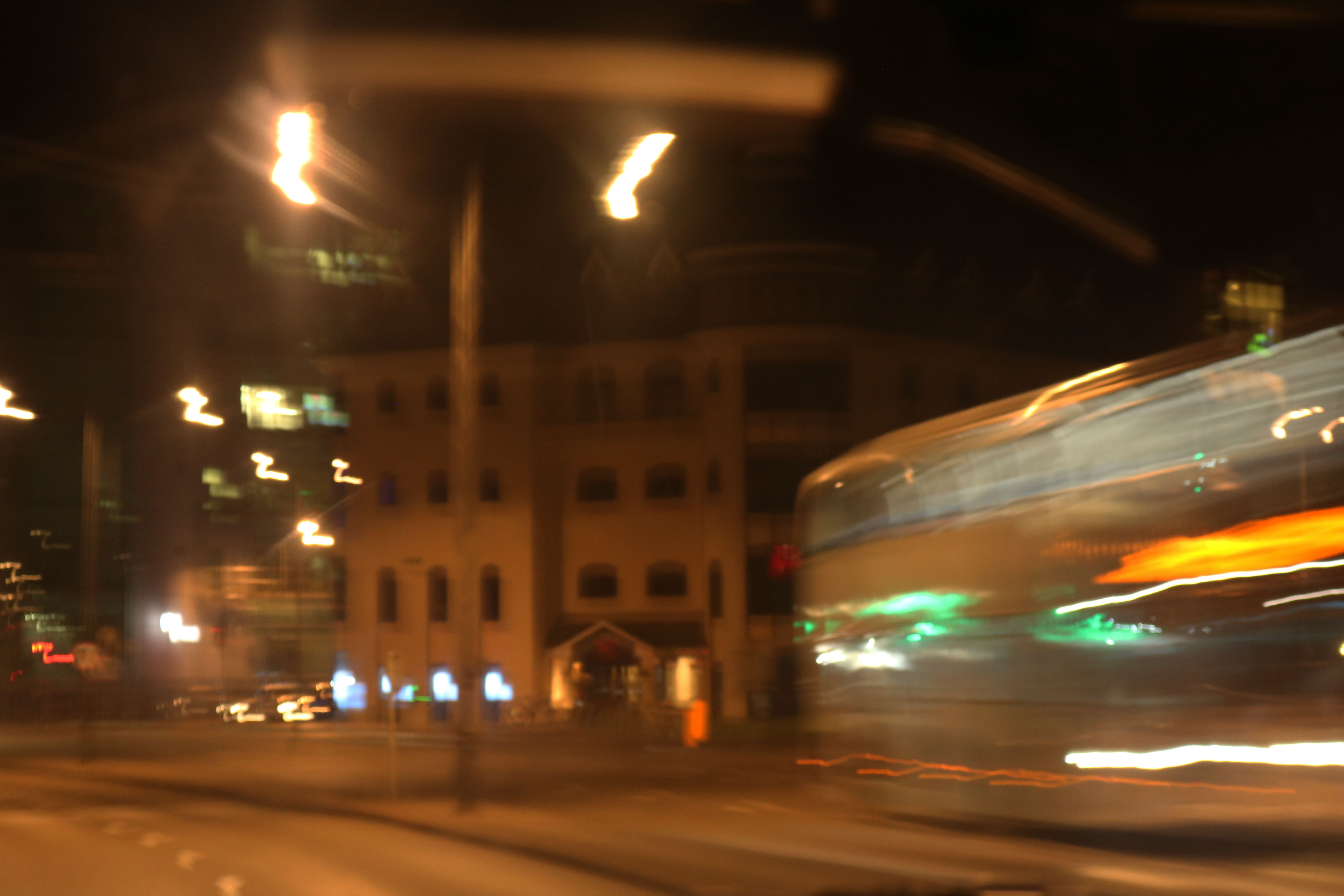
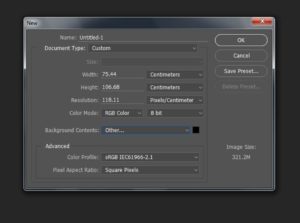
Next, I opened a blank document and set the width and length to make the page A3 size. I also set the background as black instead of white because I wanted the lights on the images to stand out more and this would only work on a dark background.

After, I opened up both the images I wanted to display together and I positioned one above the other on the black background in the order that I took them in. Below is my outcome:
My A3 image
My A4 image
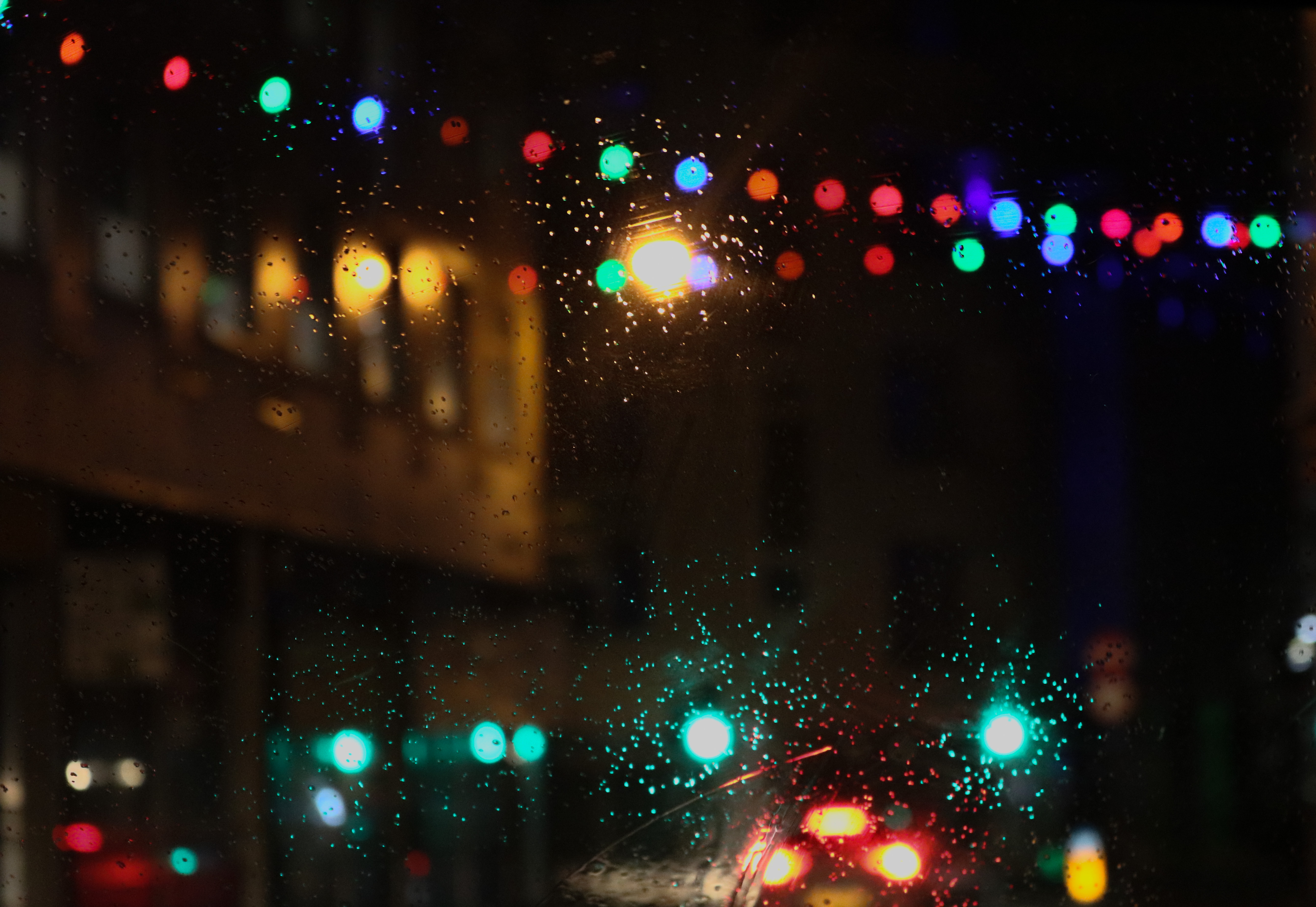
My A5 image

I felt that my other two images would work well by themselves and they didn’t need any more editing to be done. The reason I chose these particular images together, was because they all incorporated some sort of light in the frame, either captured using a bokeh effect or with slow shutter speed.
Initial final pieces
In this post I will be presenting my potential final outcomes for the whole abstract unit.
Potential outcomes
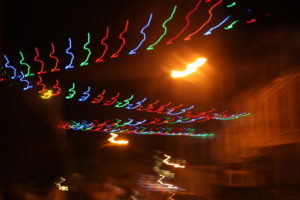
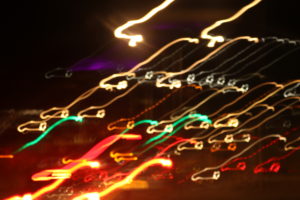
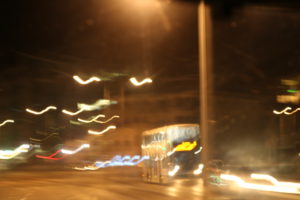
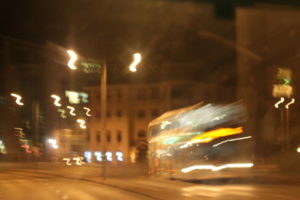


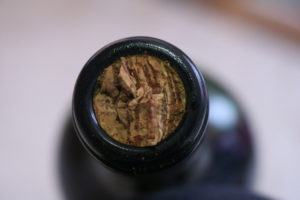
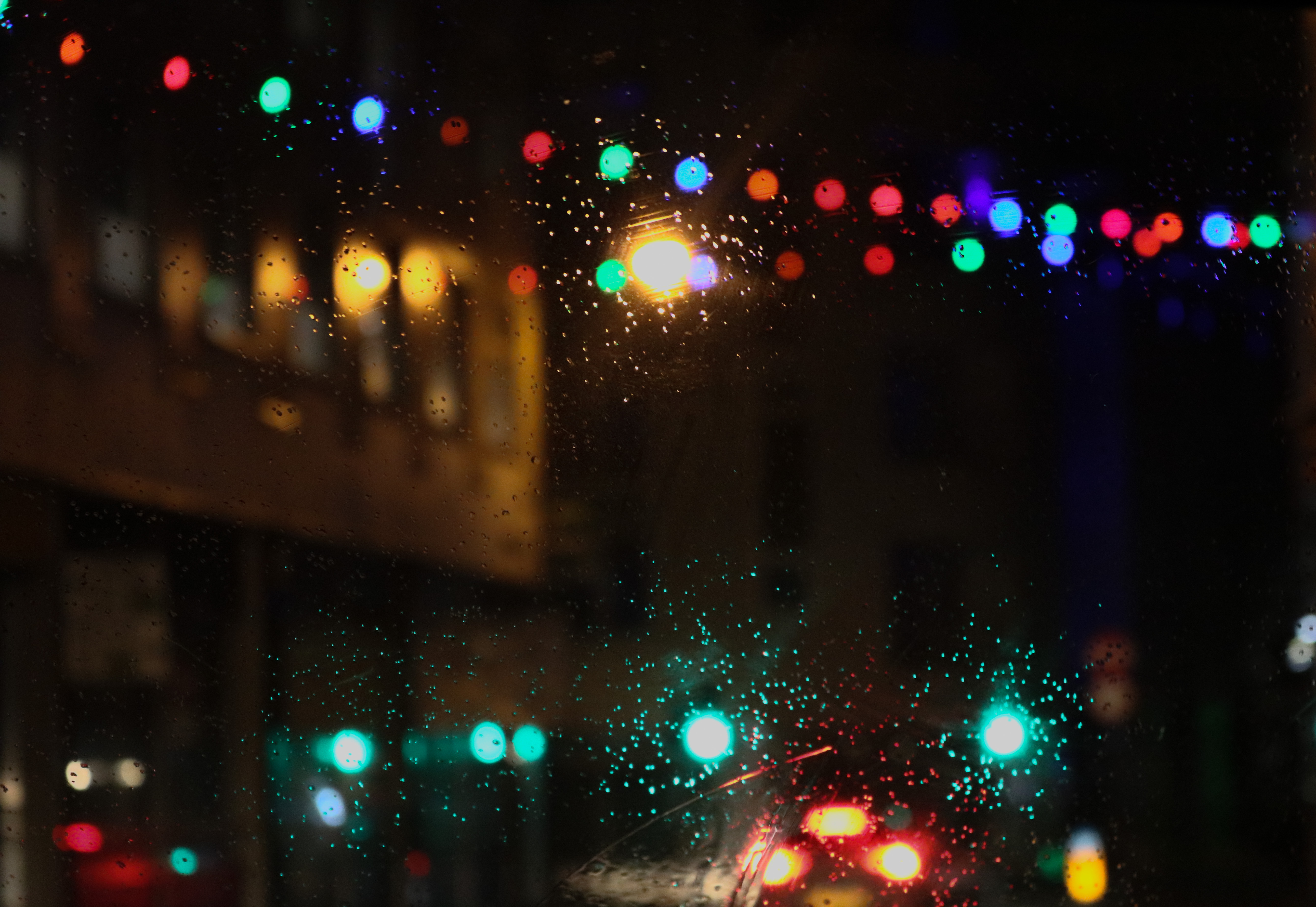
This is the image that I will most probably be choosing for my A4 print out. The reason why I have decided to use this image is because I think it my most successful image from my Uta Barth inspired photo shoot. I think this is My the most successful bokeh image I took because the scenery around me was filled with a lot of light, and the rain helped to enhance the colour in the image helping make the colour a more prominent image.
Another reason why I picked this image is because it displays some camera techniques that i have learnt through the abstract theme. In this image I used manual focus so I was able to purposely make the scenery blurred. In this image I also adjusted the settings to a quick shutter speed so I was able to capture the lights in place, and not shaking, as this image was taken in a moving car. I also made sure that the ISO wasn’t too high as I wanted most of the background to be dark, so the blurred lights would stand out.

This is one of my best images from my experimentation with slow shutter speed. I think this image is very visually successful as the slow shutter speed meant that when I moved the camera, I created a very interesting pattern with the light, making the image very abstract.
This image also demonstrates a range of camera skills that I learnt, which is another reason why I chose it as a final outcome. In this image I used manual focus again to be able to focus primarily on the lighting, and not on anything in the background. The camera was also on a very slow shutter speed, which meant that the exposure time was longer than normal, meaning that when the camera moved, the final outcome ended up as it did.
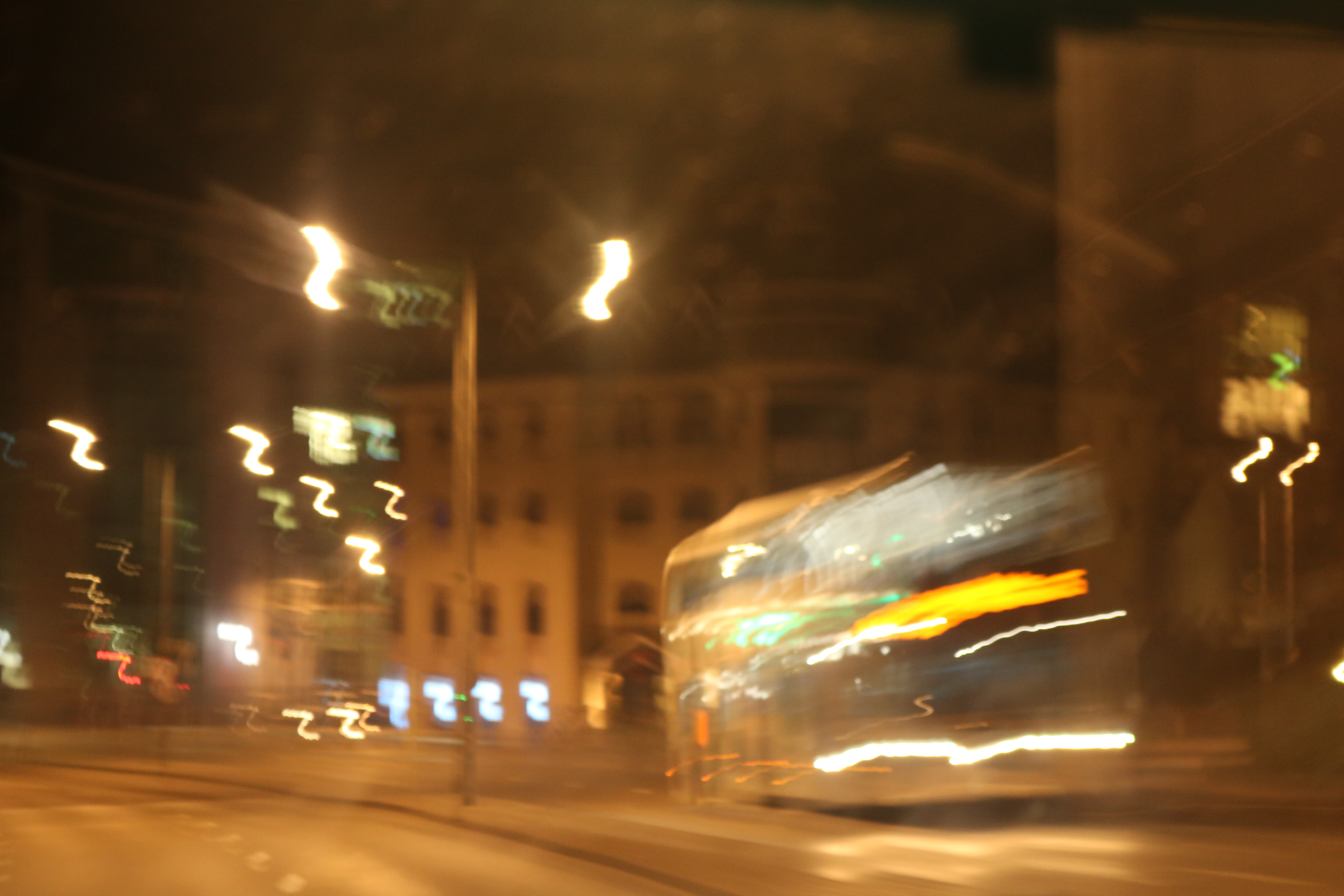
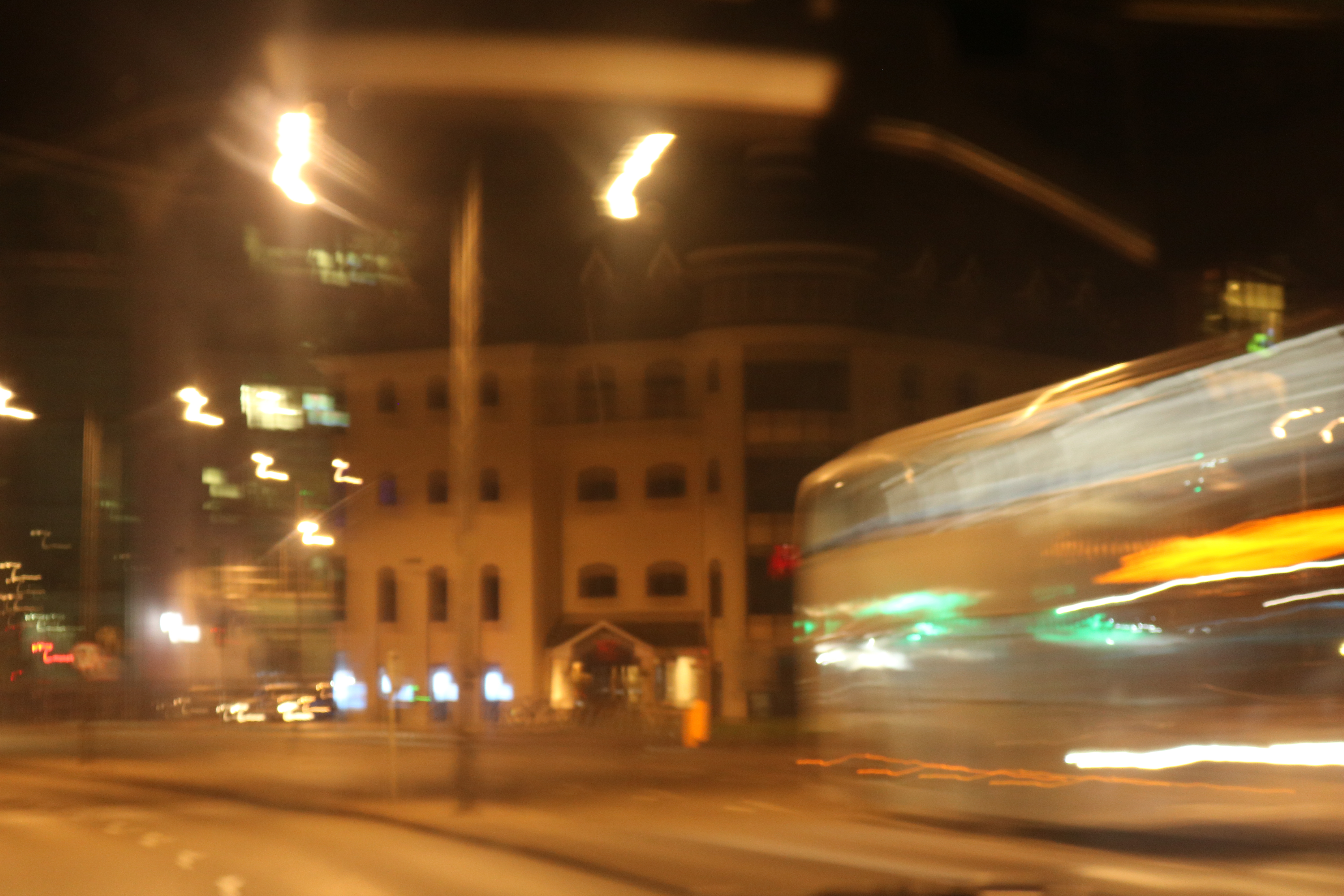
For my last outcome, I am considering these two images. These pictures were also taken while I was using a slow shutter speed, and also continuous shooting. As it was on slow shutter speed I was able to capture the movement of the bus, and the continuous shoot meant that I was able to take one image straight after the other. I chose these two images because i think they would look very well, side by side when displaying them. For my final A3 print, I am going to find a way to display both of these images together in one frame as having the second image together with the first gives the images some context. However, I think that before I find a way to display them both in one image I will slightly Photoshop the images as they are both slightly overexposed due to the slow shutter increasing the exposure time.
Abstract Colour
Mood Board: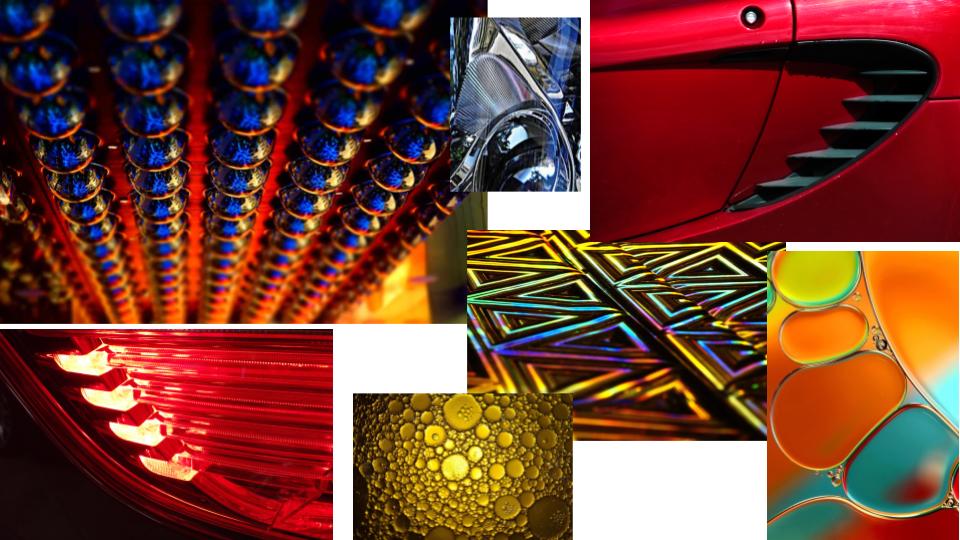
My Response:
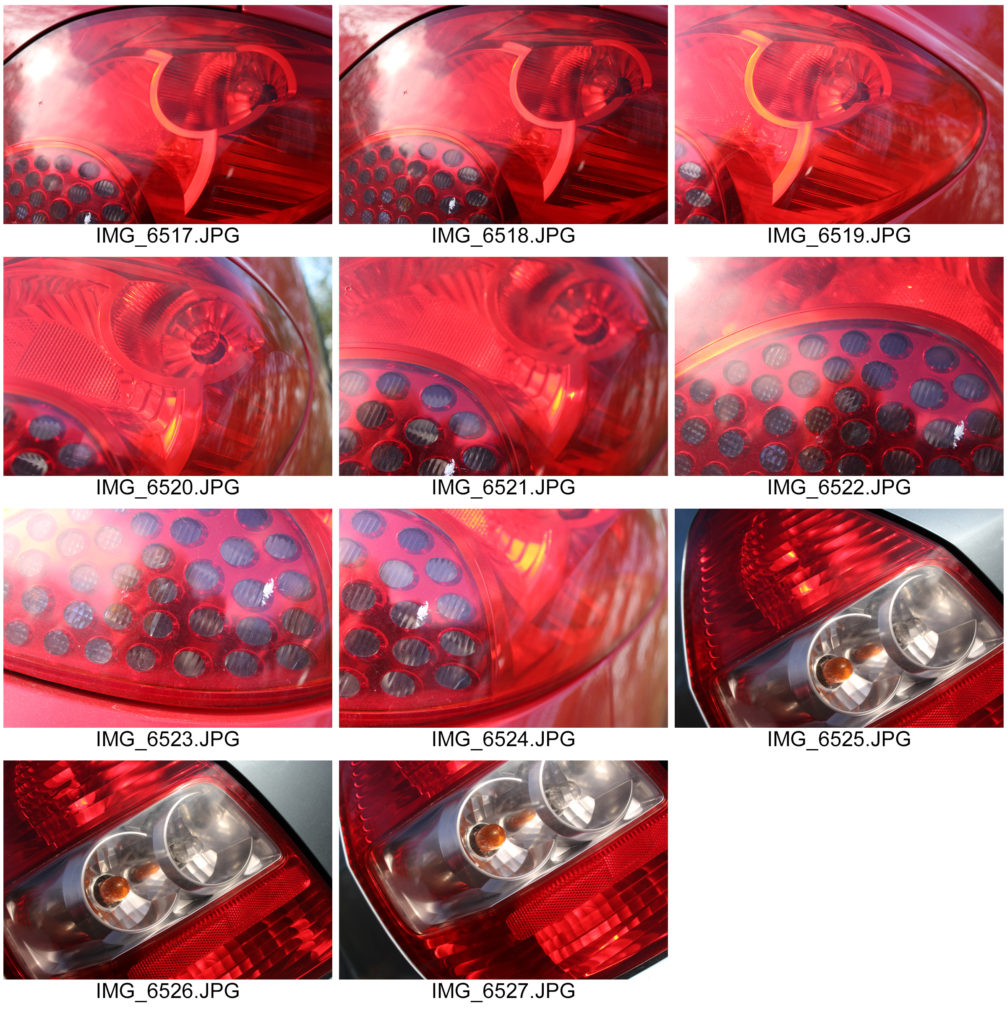
Best Images: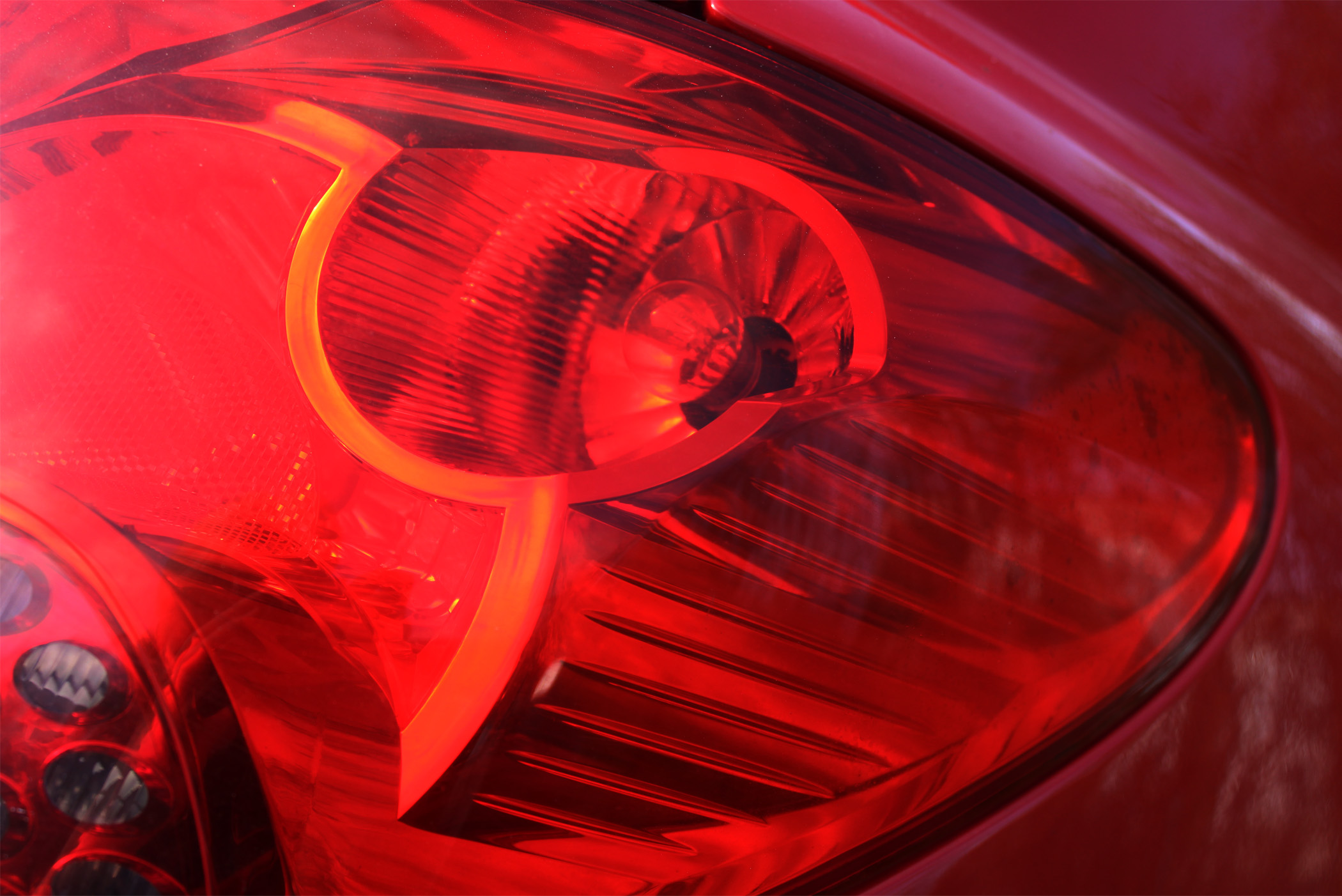

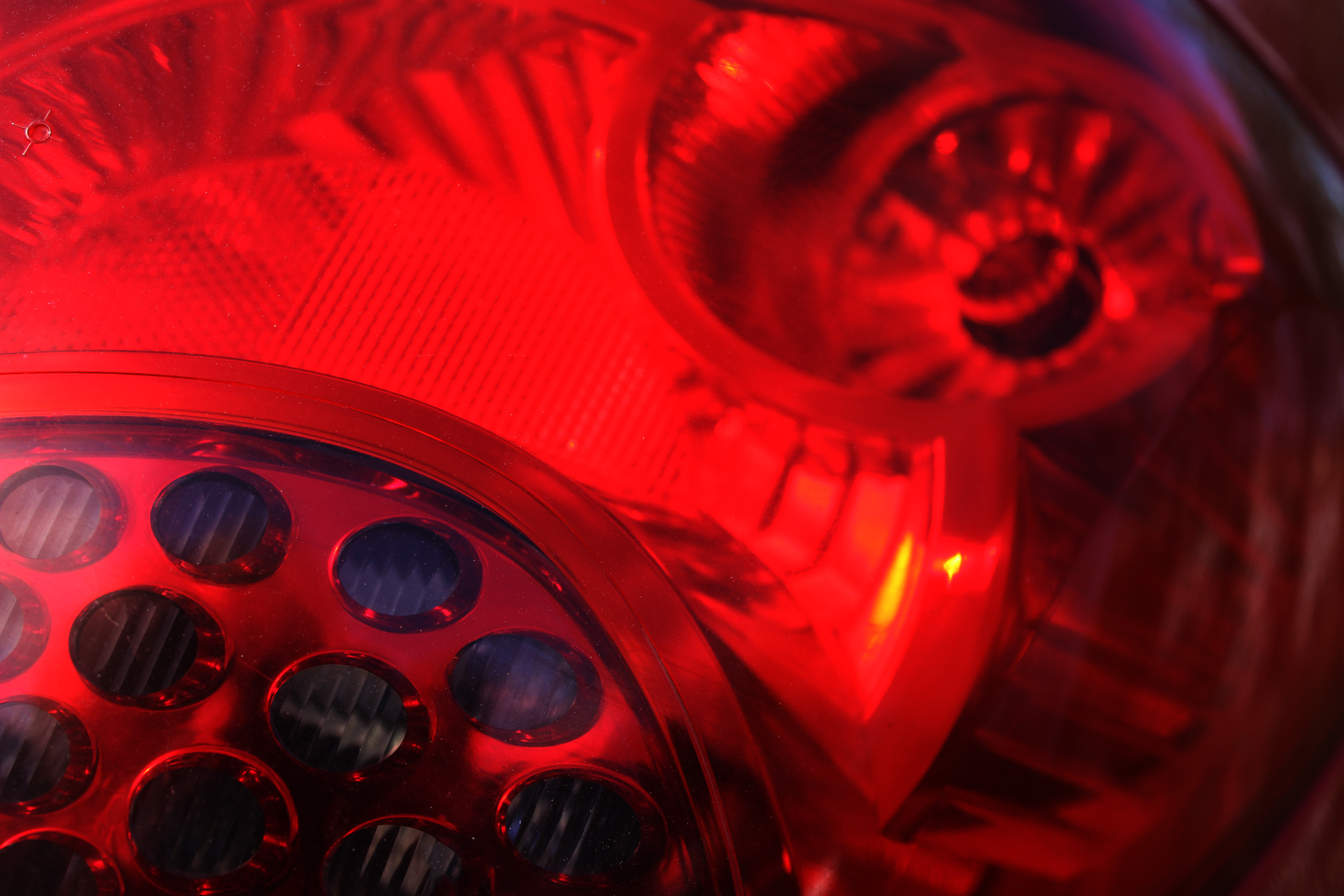
Edited Compositions:
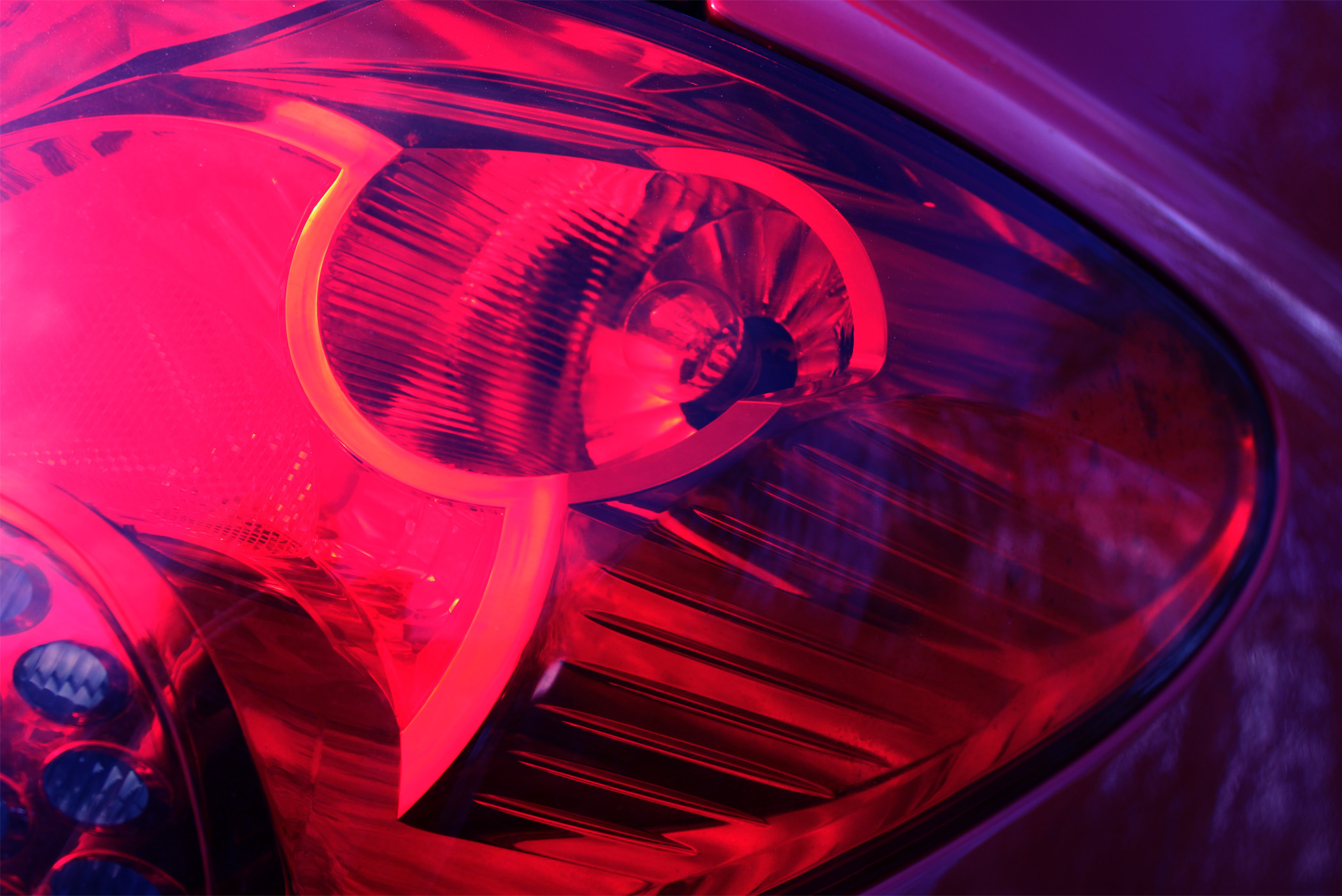
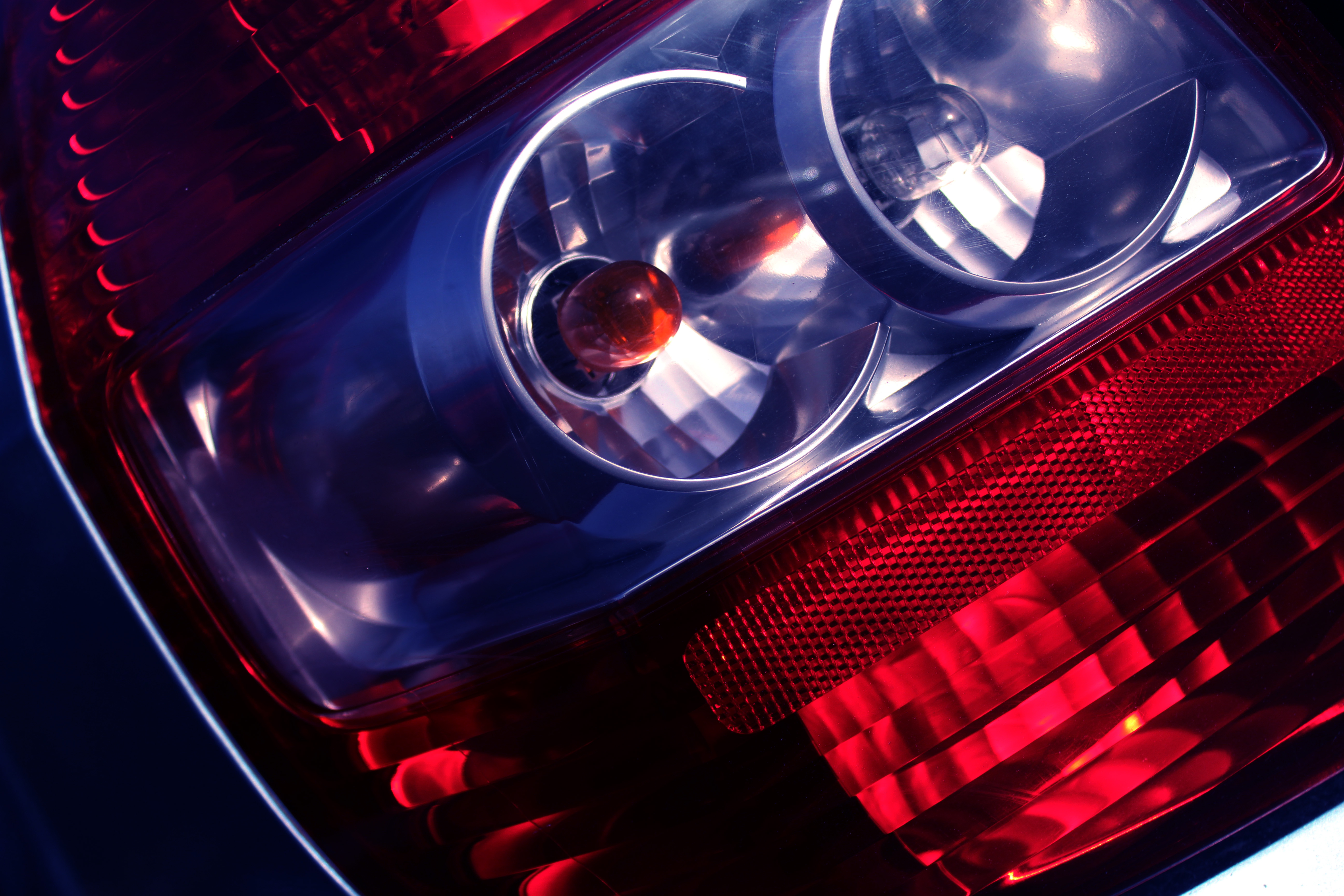
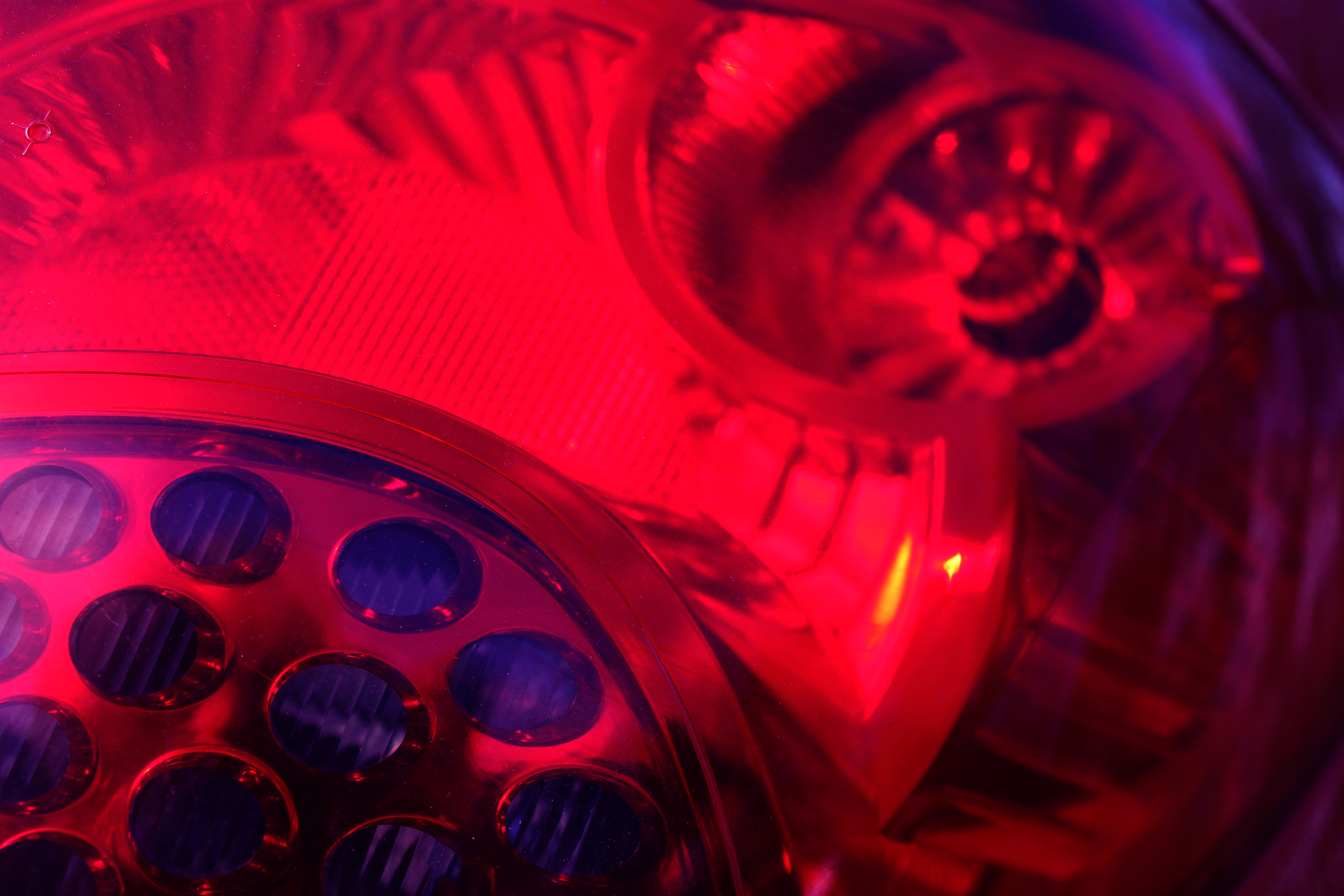
10. Frank Hallam-Day
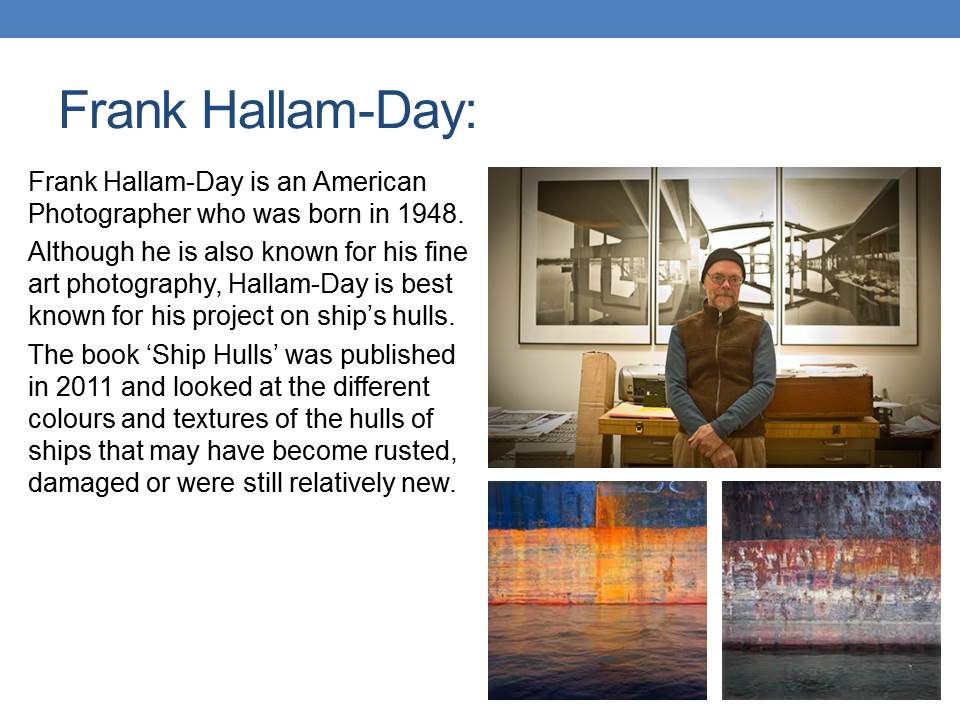
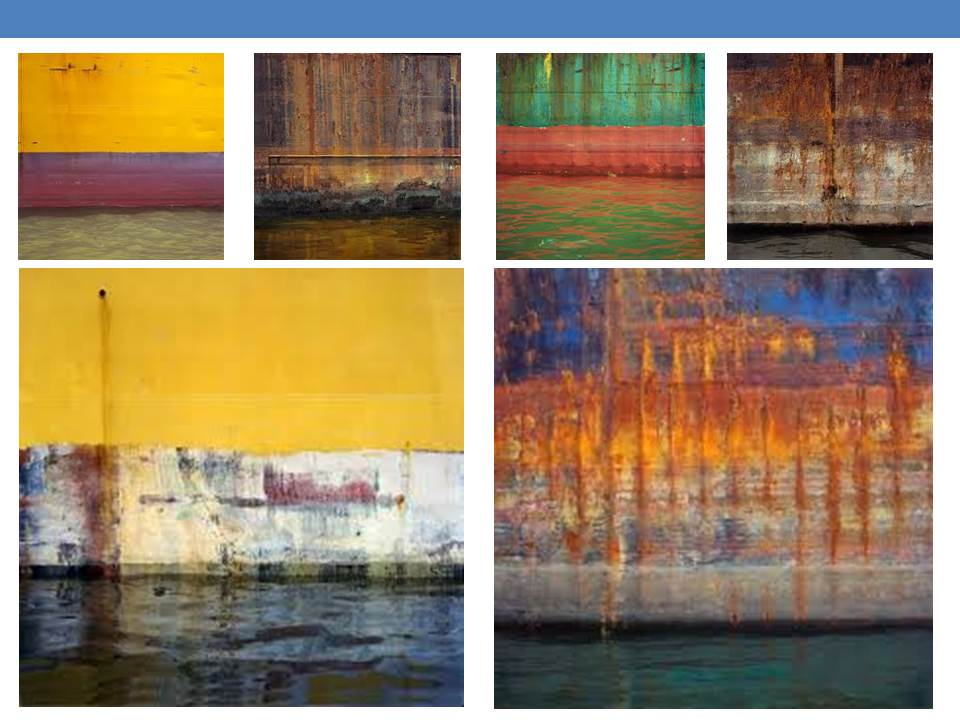
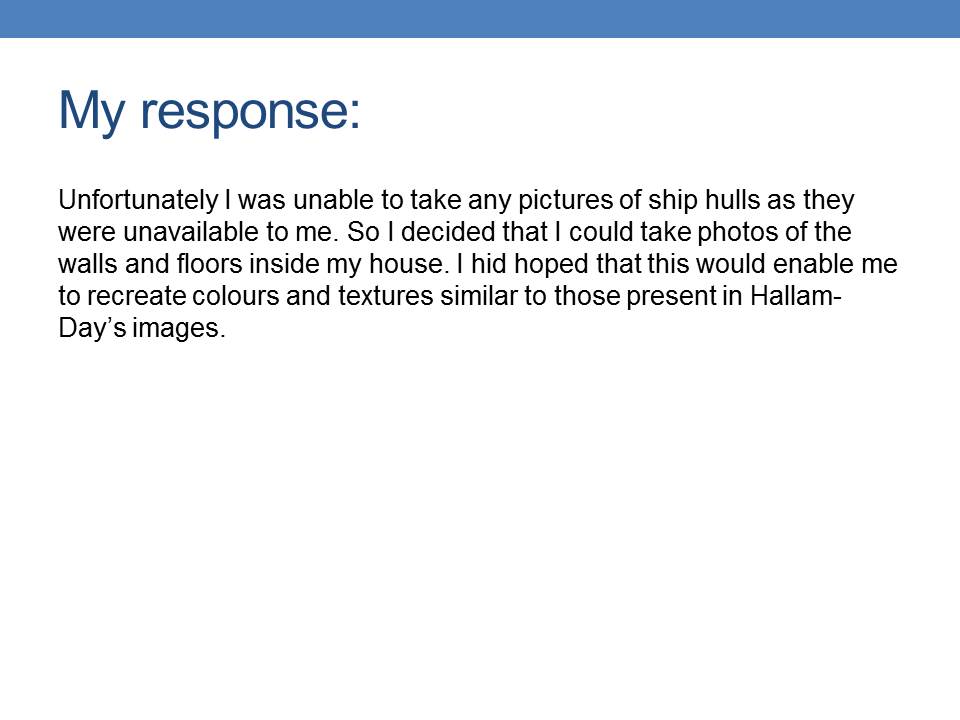

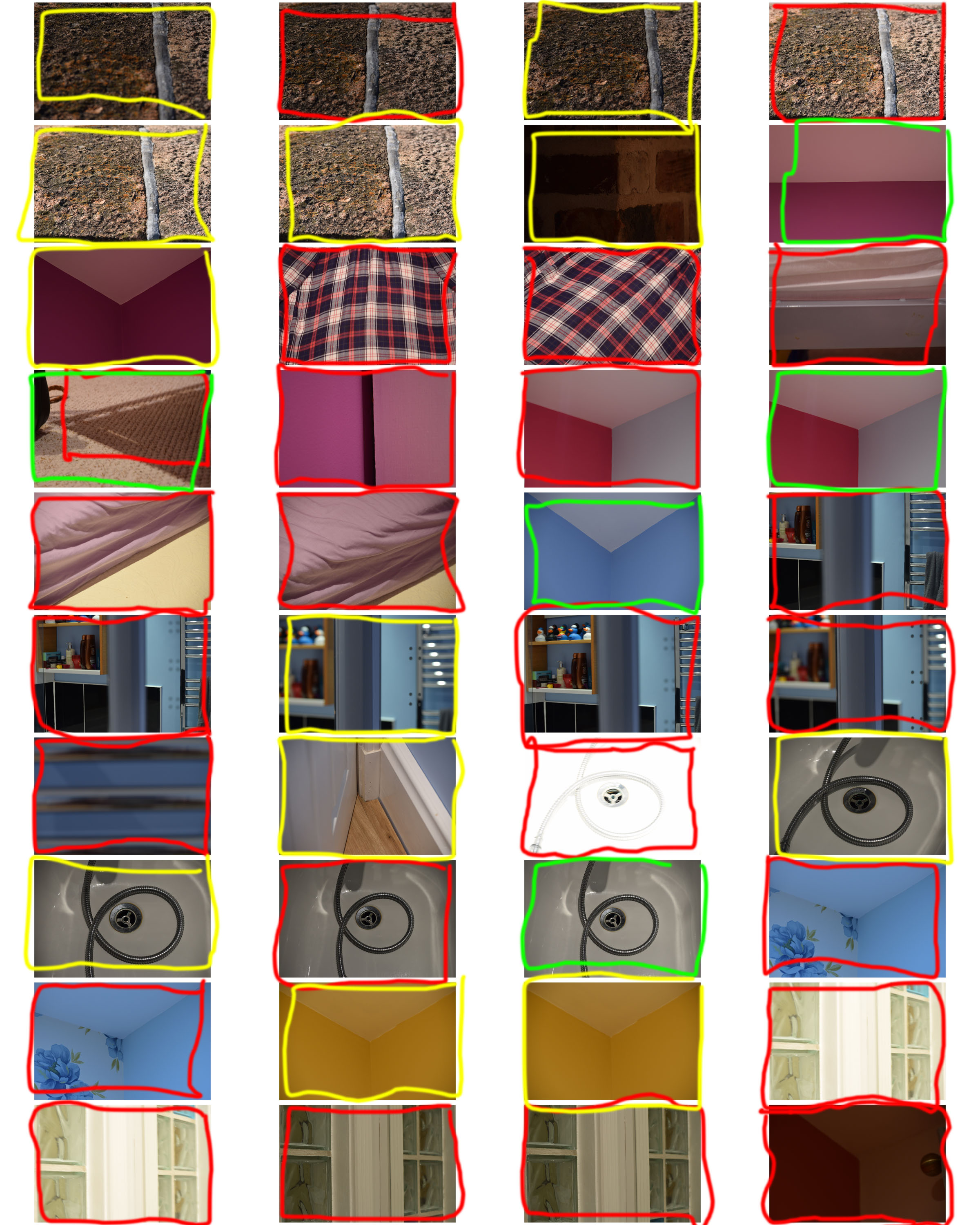
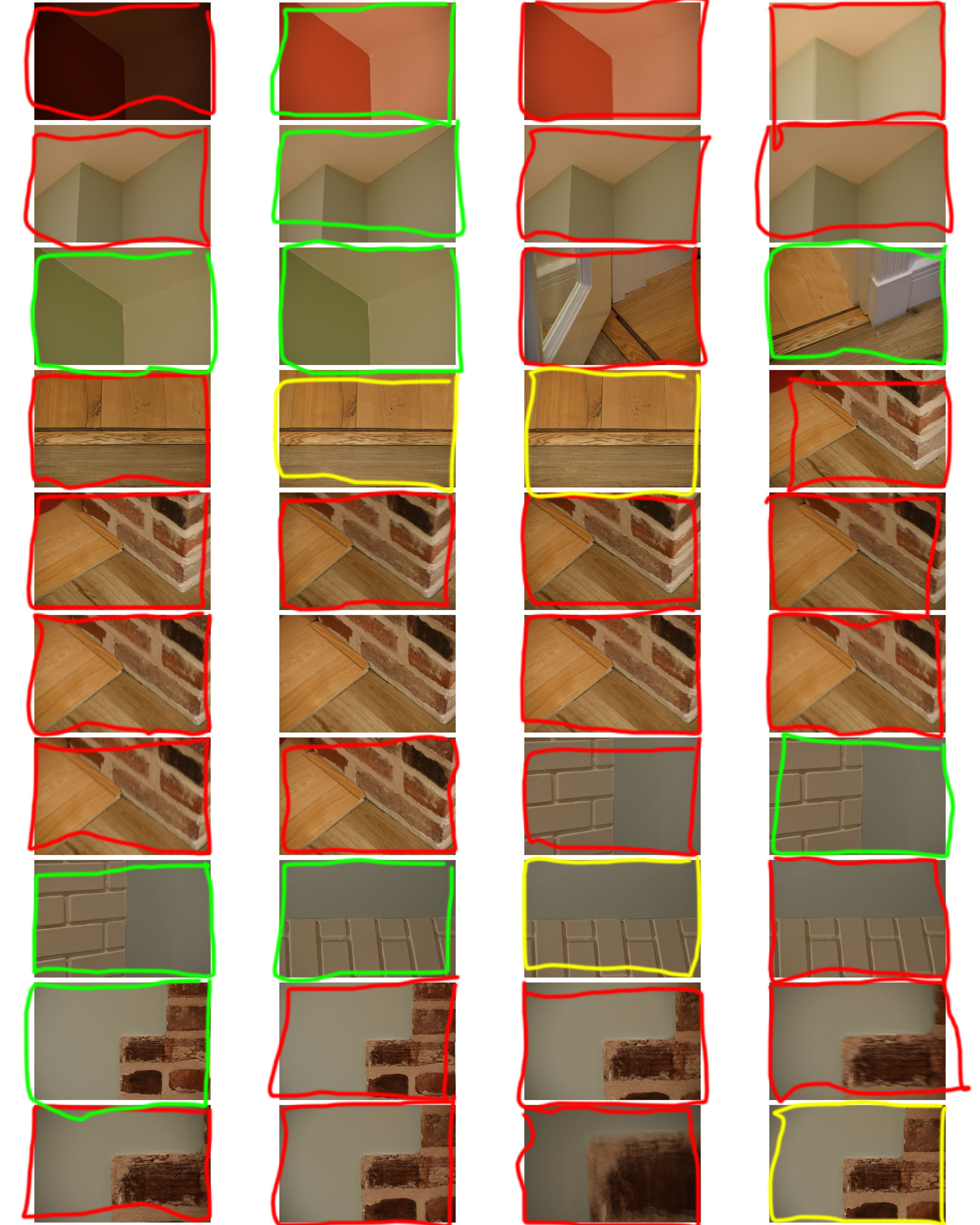
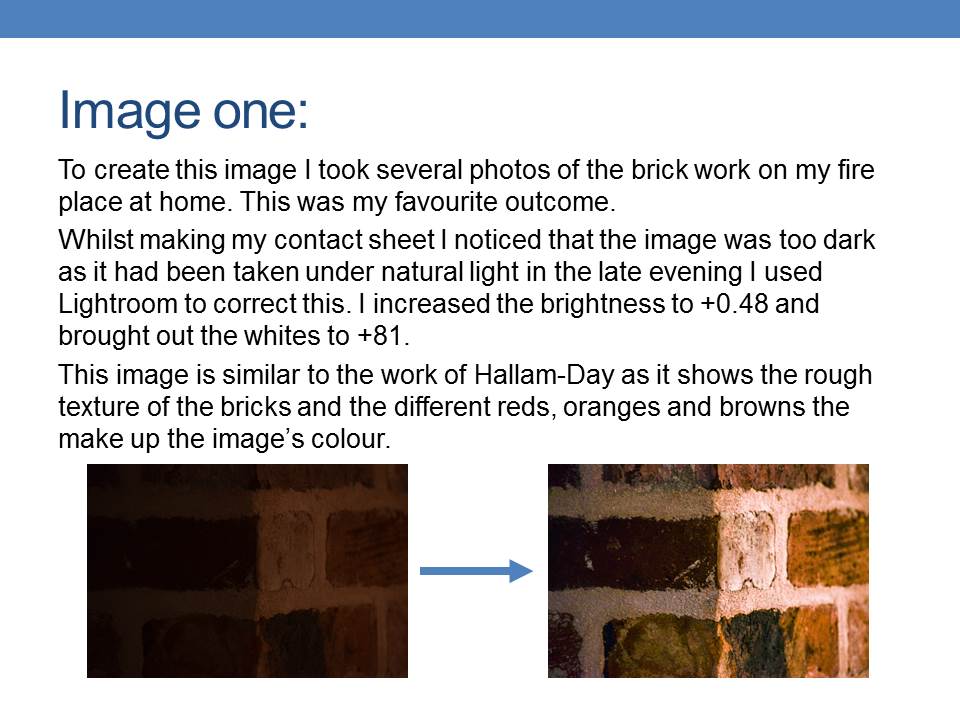
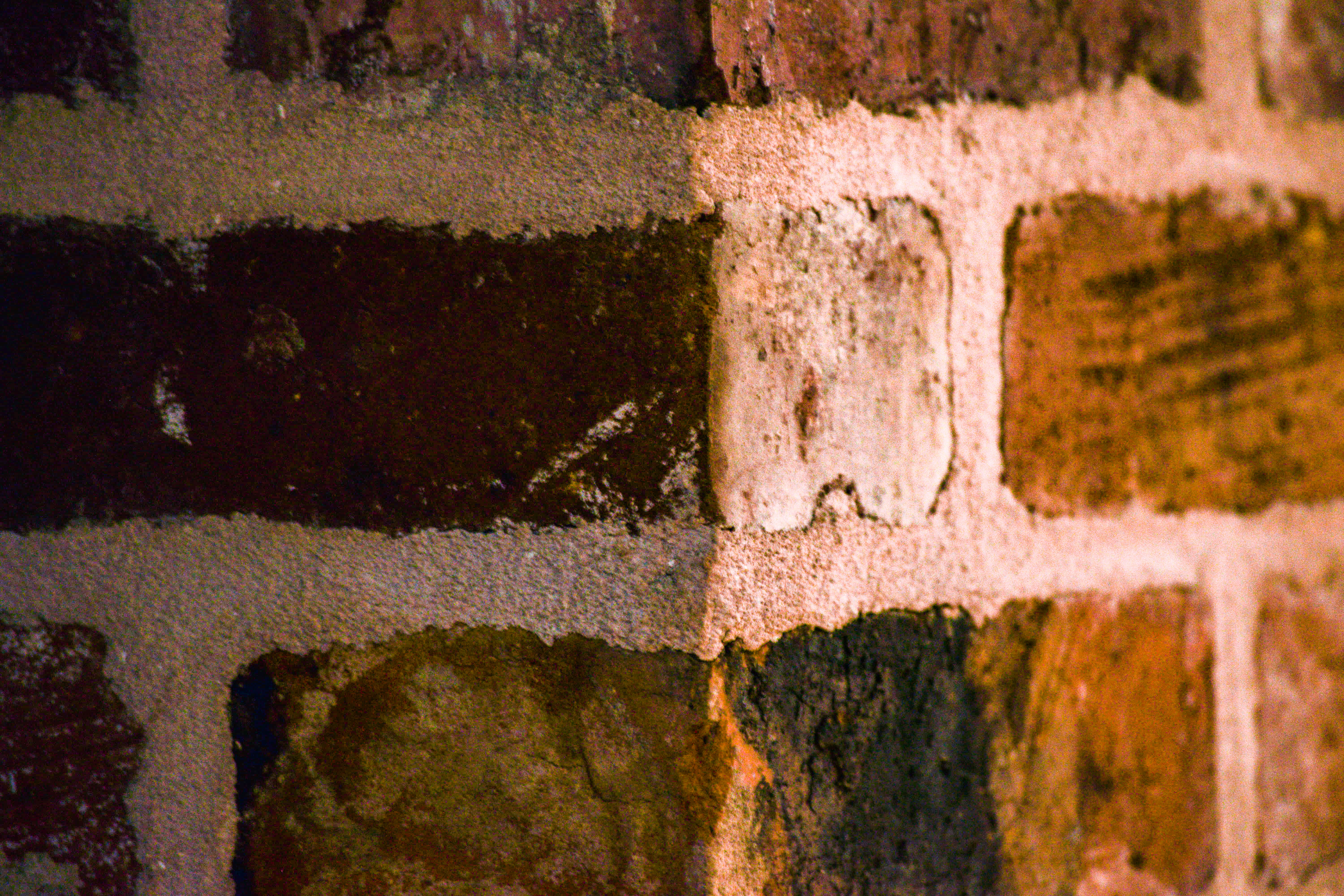
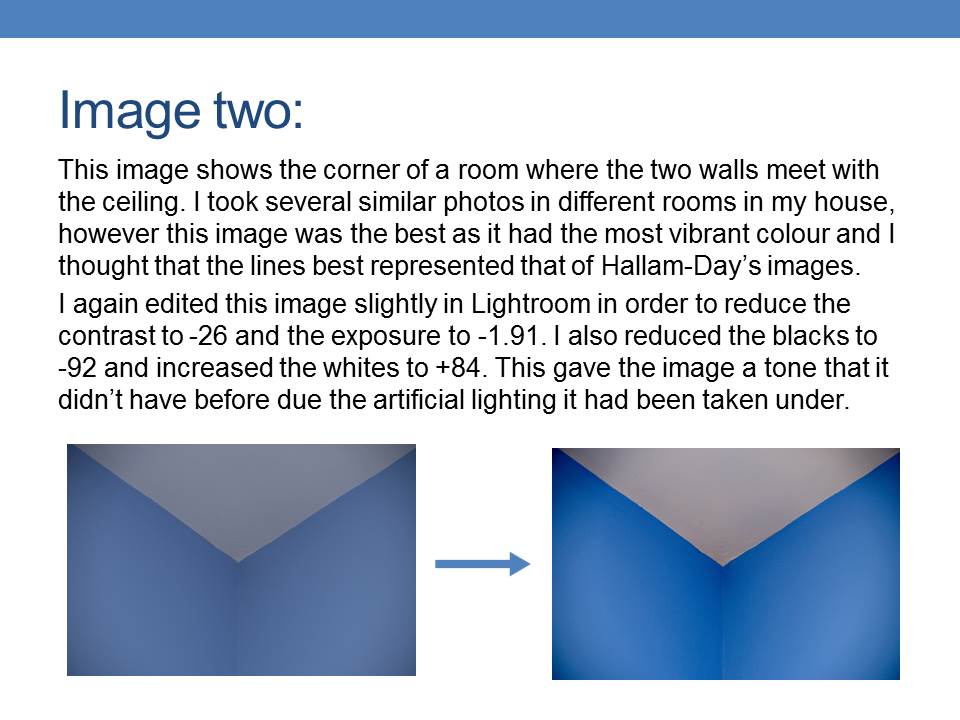

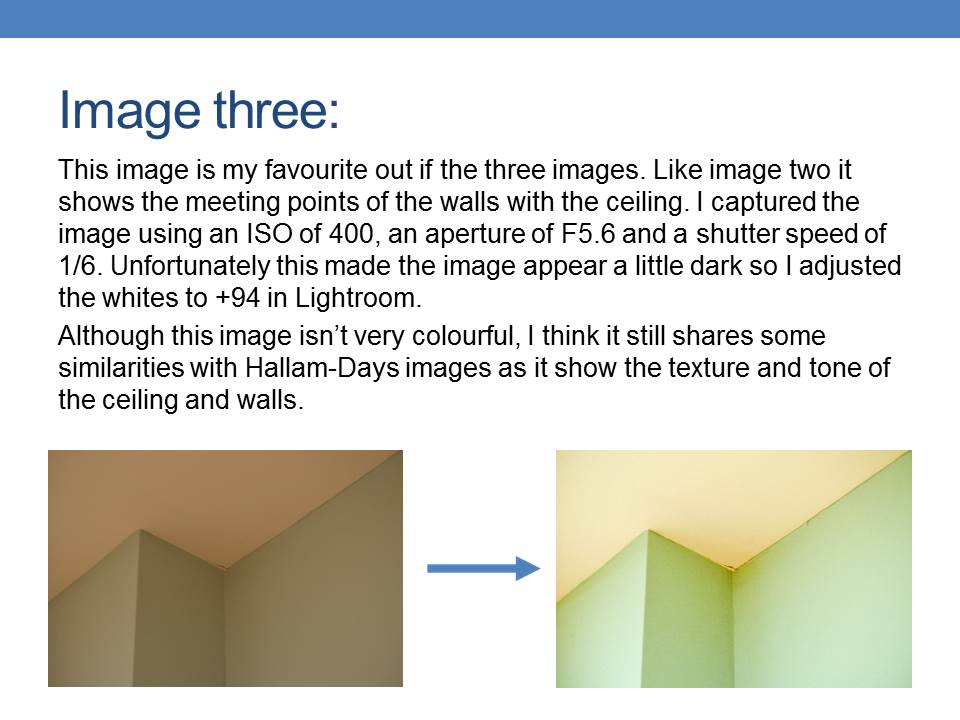
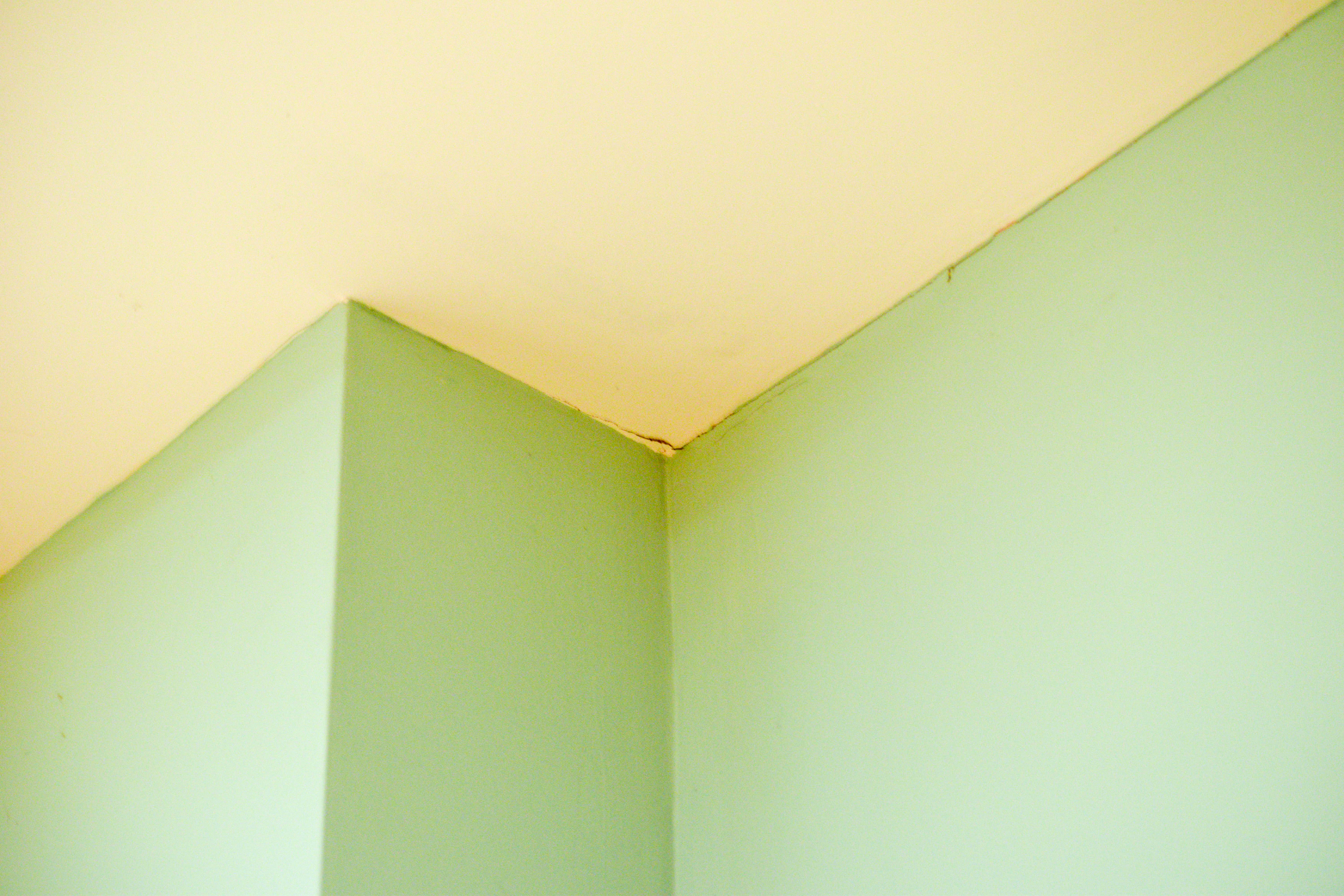
Final Images – Abstract Project
After compiling all of the images I took for the abstract project together, I nailed down my selection to 5 images., the following images are these choices: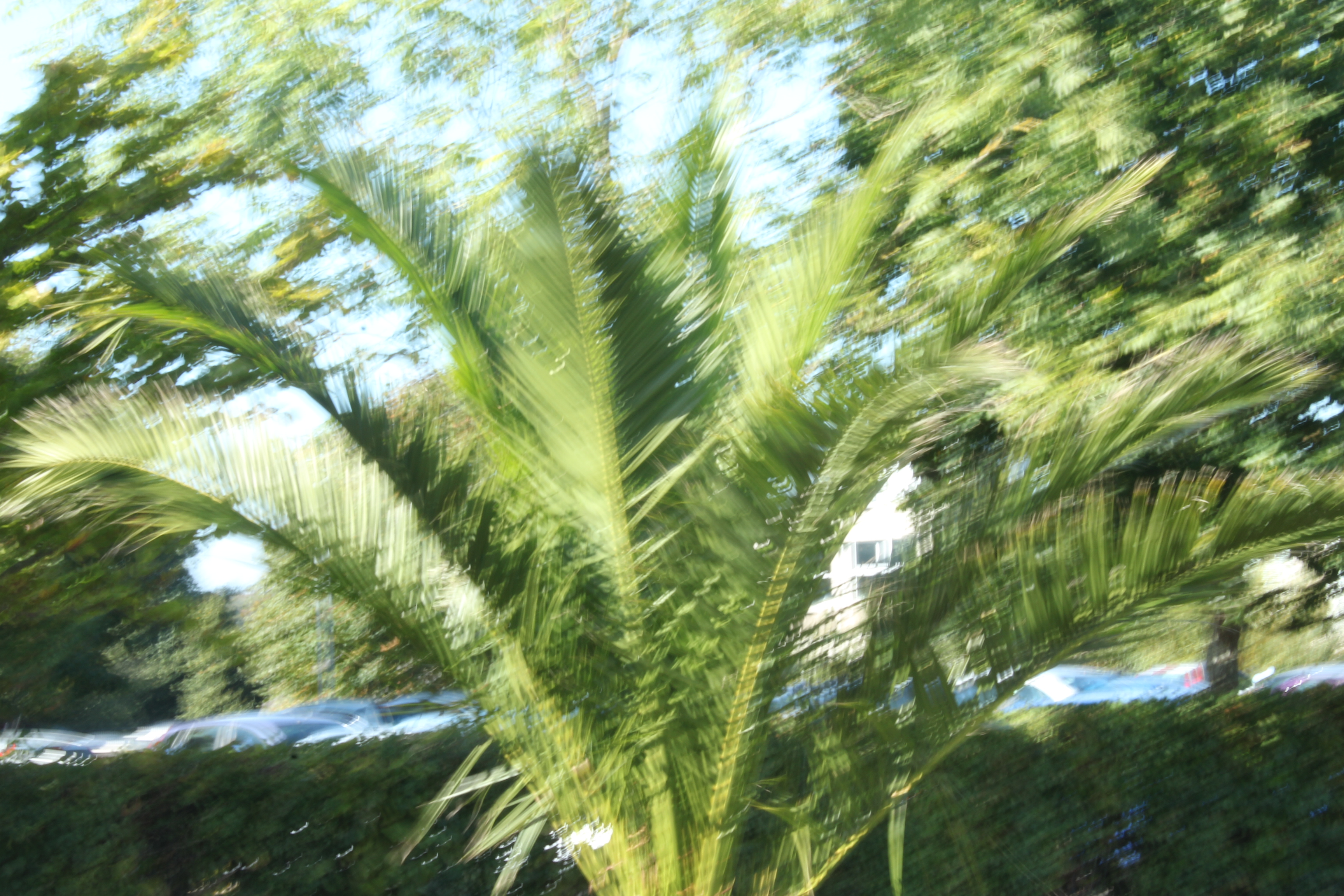
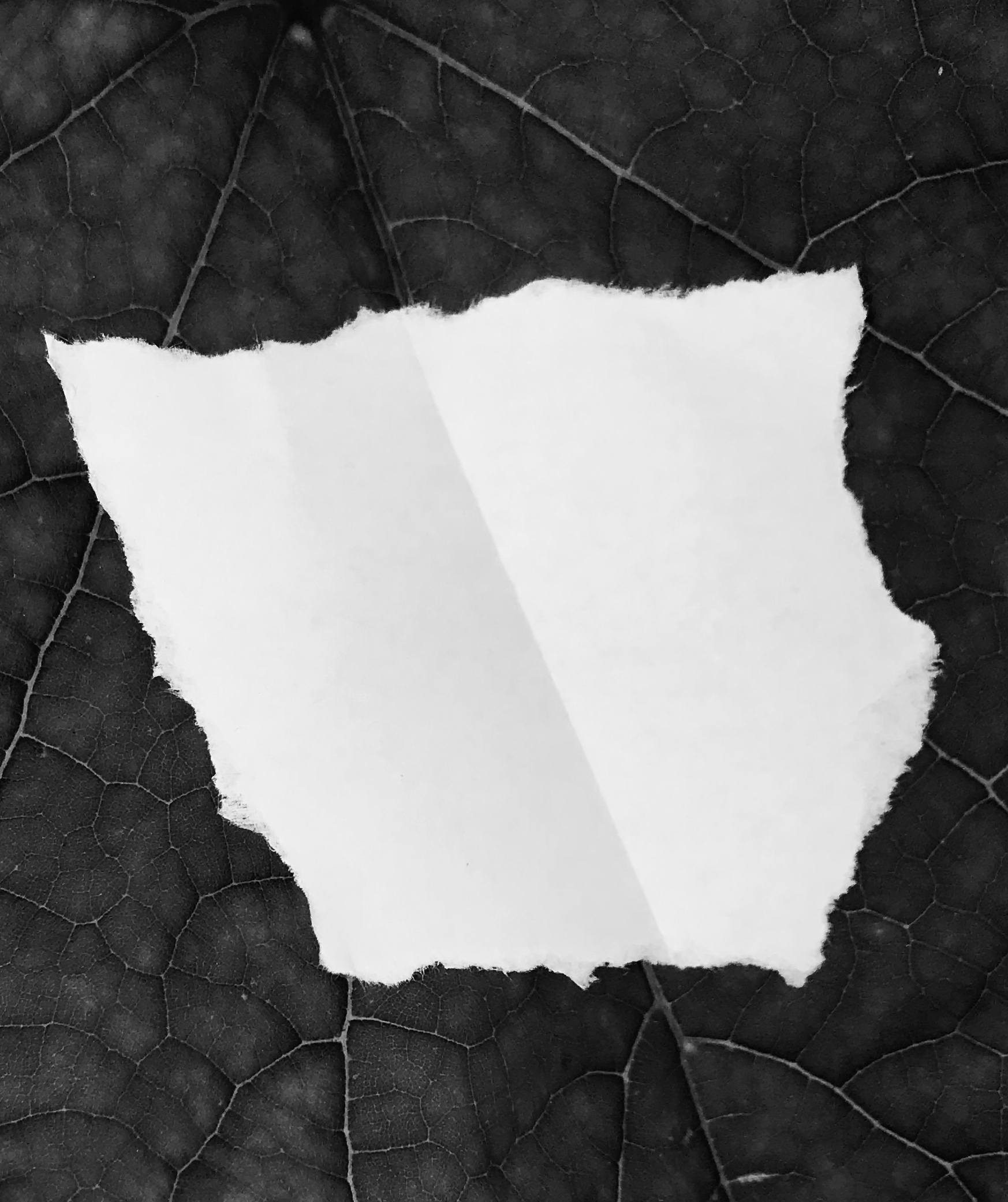


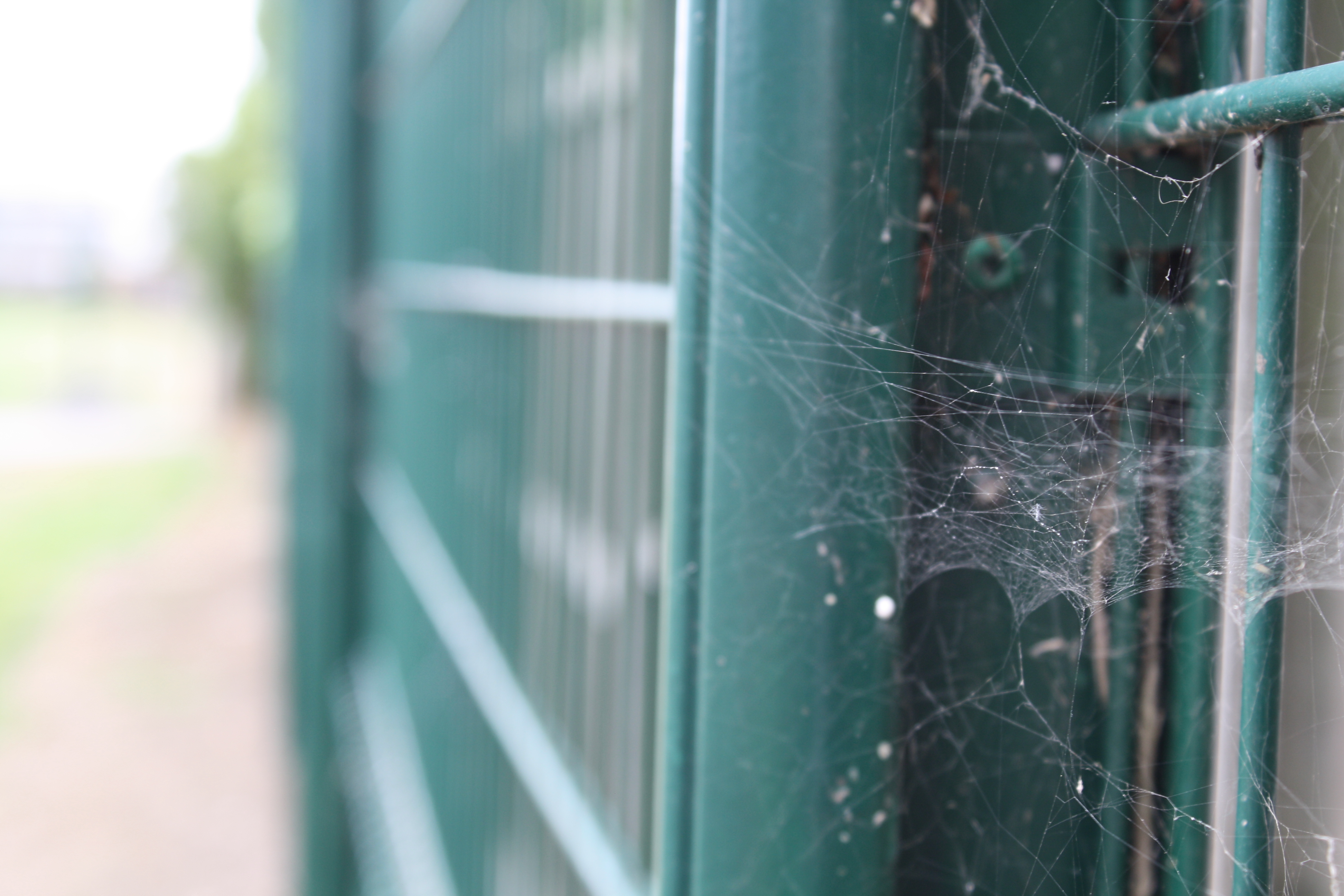
These images were the bare, unedited images that I took only using camera settings (except the second image across was edited black and white and was taken using a mobile phone), I then used Photoshop to refine the images and make them more eye catching. During the editing process, I decided on my final 3 images according to what best fit the project, and depending on what influence I took from artists in order to develop them. The following 3 images are the edited final 3:
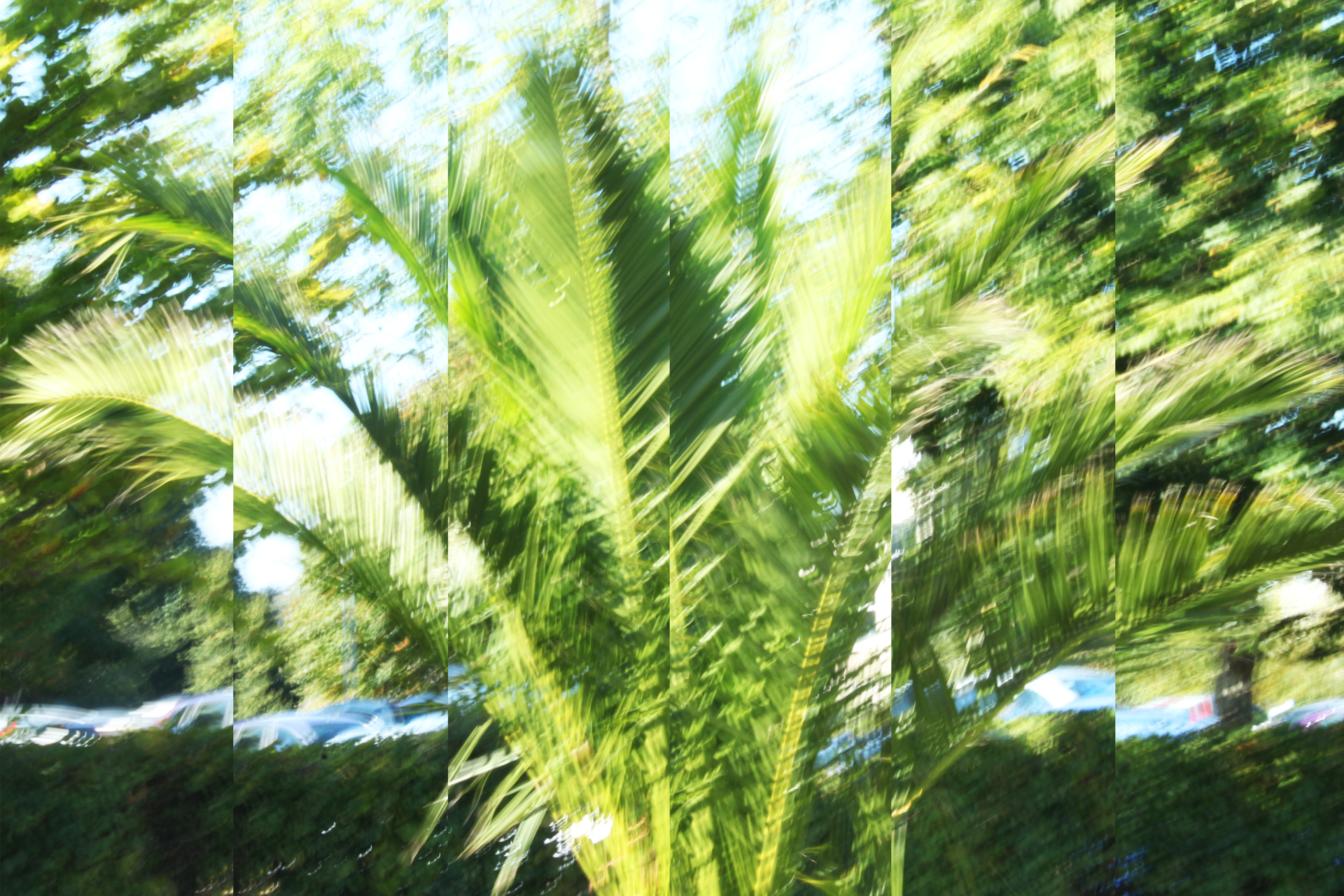
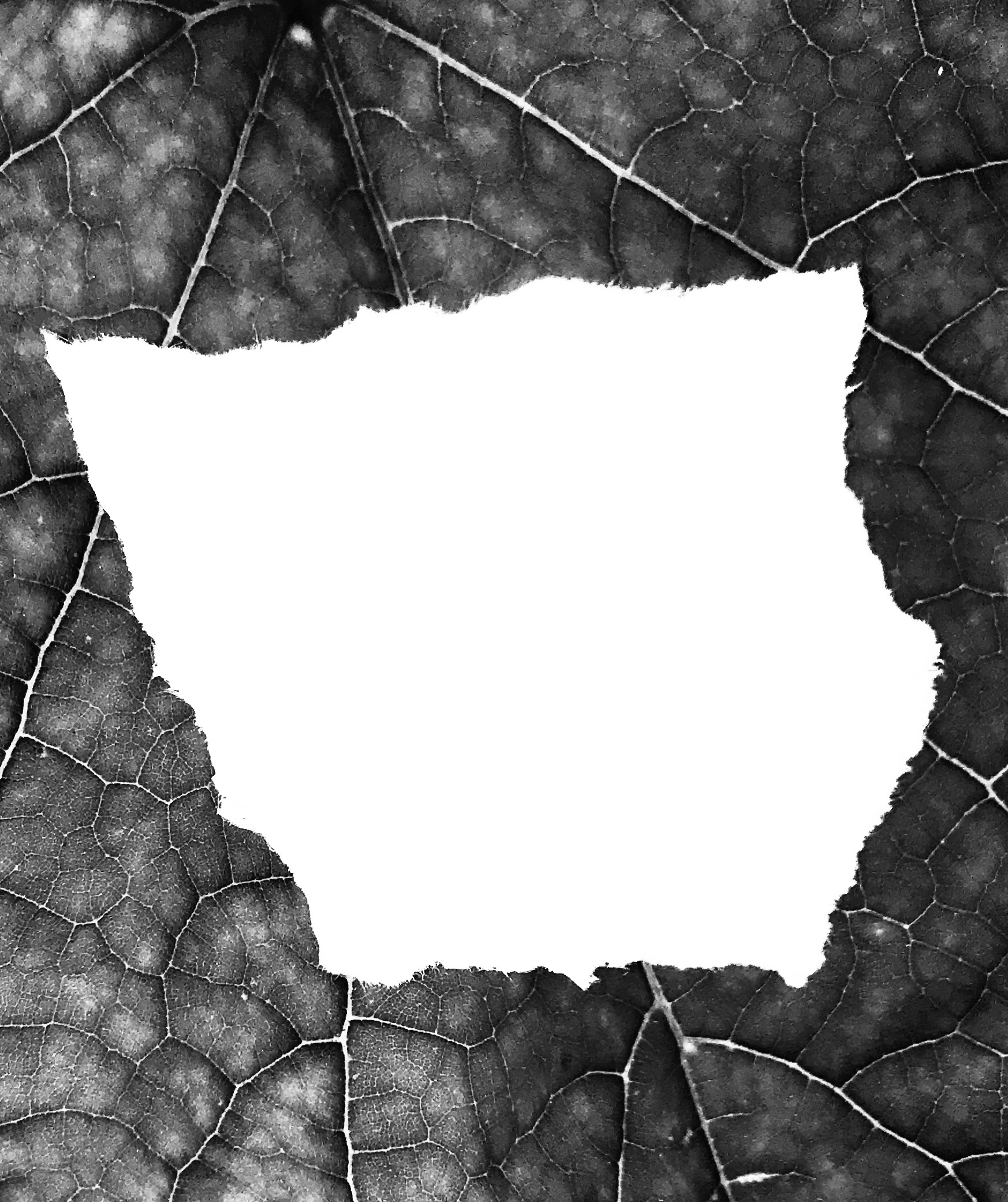
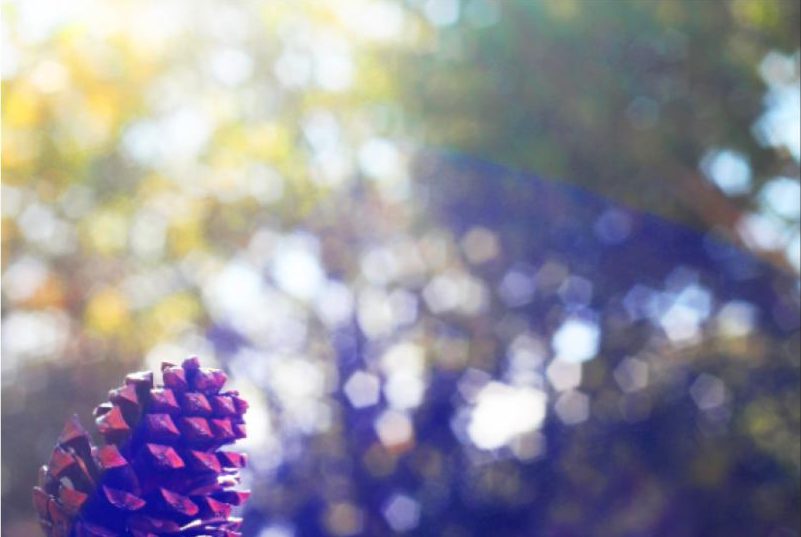
For the below image, I made use of a slow shutter-speed, and captured a tree that was moving with the wind. I found that using a slow shutter-speed distorted the subject, and made the photograph more abstract. After taking the image, I used Photoshop to edit the image. In order to make the image even more abstract, I split the image into 6 parts and expanded and adjusted each image, so that the 6 separate parts of the image added together to make the full image. This gave the image an even more distorted feel, and added to the abstraction of the overall image. I then slightly adjusted the saturation to make the image brighter and stand out more. In terms of inspiration, I took influence from the artists Uta Barth and Albert Renger-Patzsch. Most specifically, I took advantage of the high ISO that Barth uses to create very bright, vibrant images that reply heavily on lighter colours to bring her work to life. I raised the ISO setting of my camera to take this image, and in doing so, the image was naturally brighter than it would have been otherwise. I think that taking inspiration from Barth allowed for my image to come across as more abstract, as brightness slightly blurred the boarders of the subjects, making them more difficult to differentiate from the background. In addition, I took inspiration from Renger-Patzsch by using a natural subject, and taking my image in a slightly more scientific and objective way. Renger-Patzsch often made use of plant life in his work, and I took my photograph in the same style as Albert, looking straight on as if the camera was an eye> the abstraction came as a result of the ISO settings and the shutter-speed, but the initial image itself was taken with inspiration from Renger-Patzsch. This image will be my A3 image, as I believe that the image provides a lot for the viewer to see, and the splitting of the image into 6 sections will be more prominent if the image is printed as large as possible.

For my second image, I took made use of the manual zoom and focus of my camera, and captured a detailed image of a piece of ripped paper on a leaf. This image was originally taken for my Paper Project, and takes a small amount of inspiration from the photographer Aaron Siskind. Siskind often took close up images of subjects, and presented them in a more factual, objective and flat way. For this image, I am making use of a lack of context in order to present the image as being more abstract, and the high zoom used to take this image helps to cut out the context. I also edited the image in Photoshop to make it grey-scale, as this takes inspiration from Siskinds dark tones work, but also helps to emphasize the details within the leaf. I also believe that the contrasting colours of the leaf and the paper help to make the image more eye-catching as a whole. I will be using this image as my A5 image, as I feel that this will help to emphasize that although the image is detailed, the original subjects are naturally small, and I believe that this will create an effective juxtaposition, between the subject and the detail in the image.

For my final image, I made use of the manual focus of the camera. for this photograph, I focused on the subject (the pine cone) while using a narrow depth of field to throw the background out of focus. I feel that this is an effective technique, as it allows for the viewer to focus on the subject completely, while questioning the context of the image due to most of the photograph being out of focus. I used Photoshop to edit the saturation of this image, and raised the contrast in order to make the colours of the image more vibrant, thus the image can draw more attention. I will be using this image as my A4 image, as I feel that the image will be more effective if it is large enough to make out the main focus point (which is small compared to the rest of the image), yet the image may become too boring and uninteresting if it is printed an larger. For this image, I took inspiration from Uta Barth again, as for some of her work she focuses on a small subject, and uses a narrow depth of field in order to throw the background almost completely out of focus. I was influenced by this technique, as I found it to be effective and eye-catching.

Final Print Images
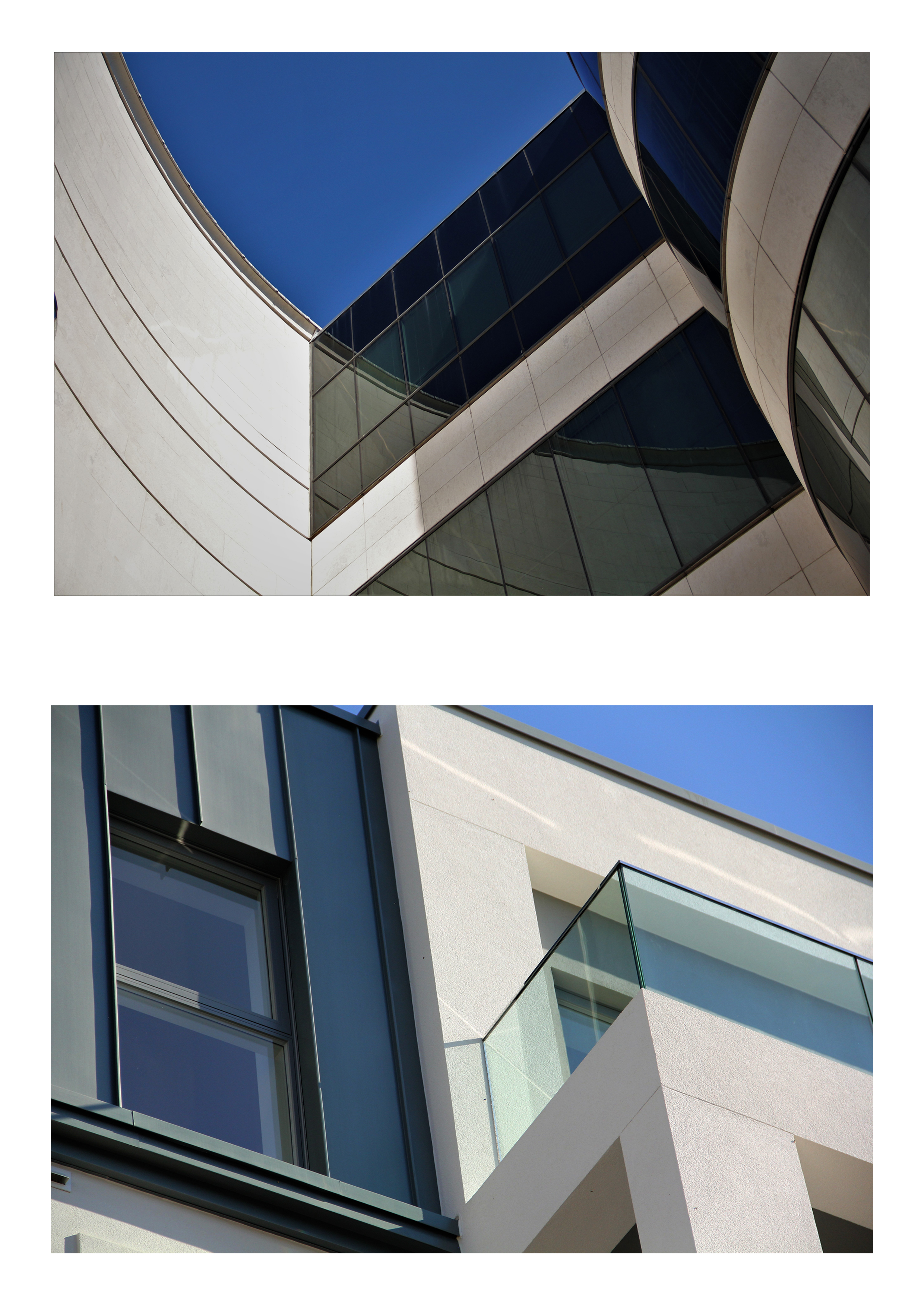
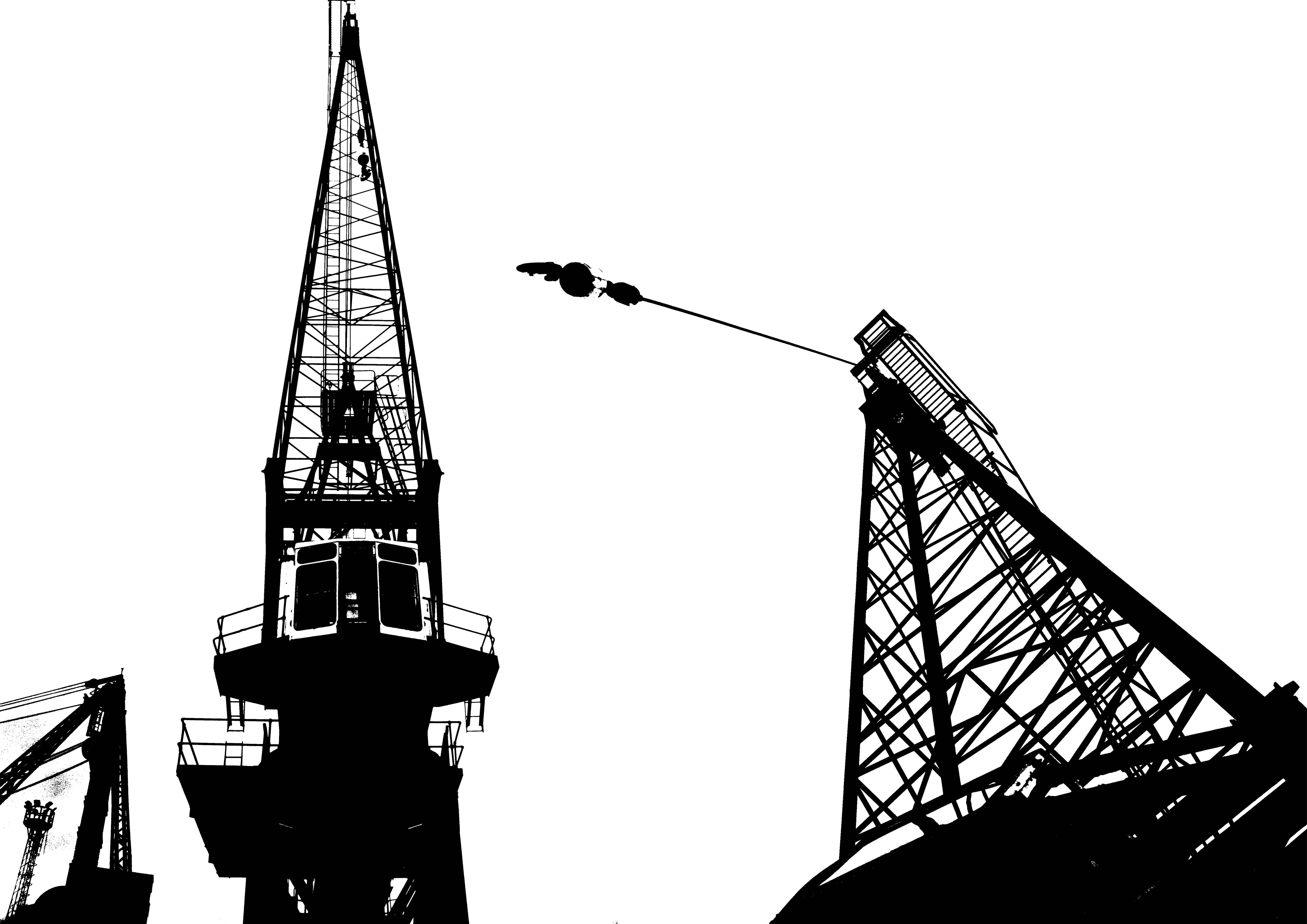
Abstract – Initial Final Piece Ideas
A3 Print Ideas
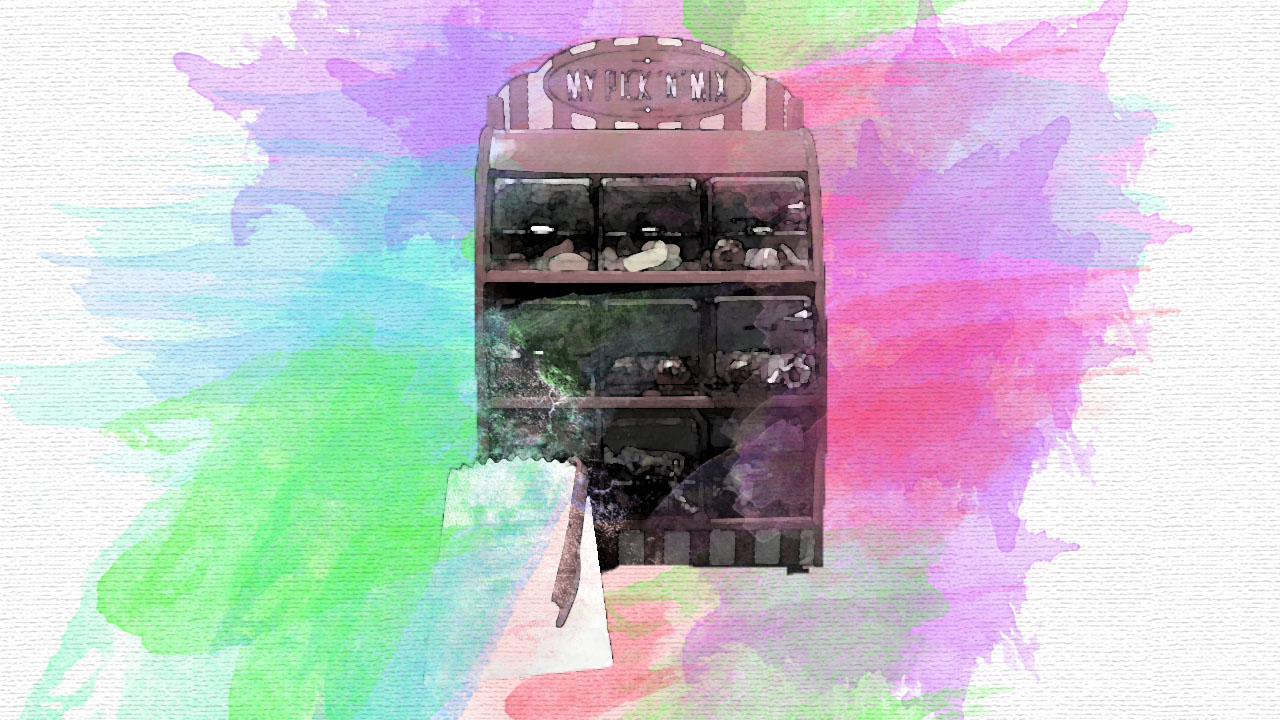
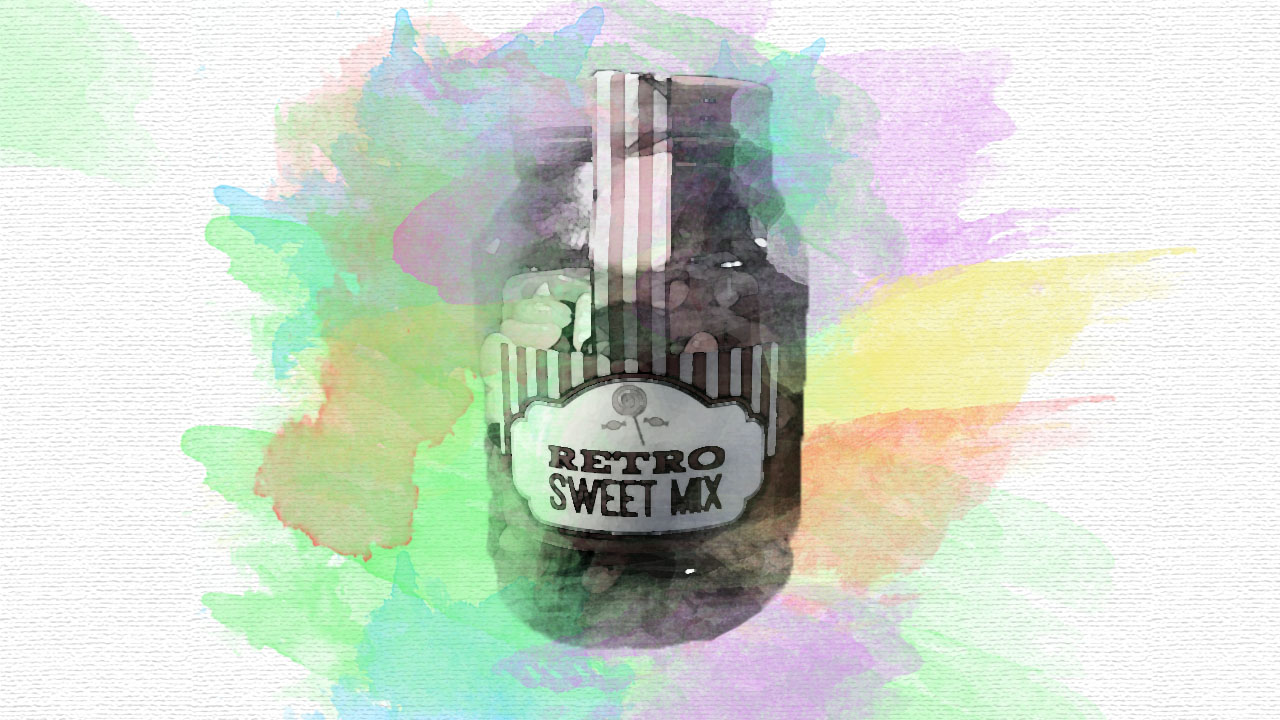
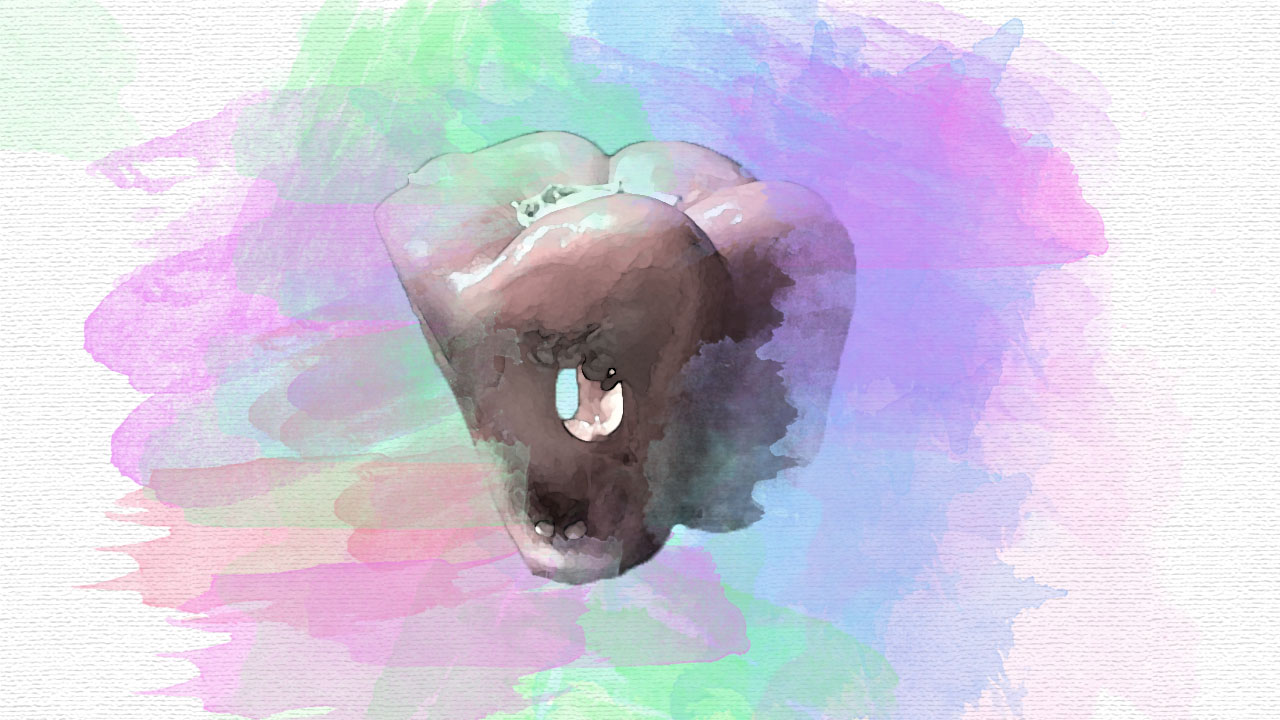
This was my initial idea for an A3 print. I would display these three horizontal images one underneath another, allowing the three basic subjects to be shown with pastel colors bursting out of them. Although I like the way this print would look I feel that it will not clearly show the theme of abstract photography, moreover it does not really show my camera skills and what I am capable of. Therefore, I am not going to follow through with this final outcome.

For my next final outcome idea, for A3 print, I wanted to still display three photographs that can clearly show my camera skills and show the theme of abstract photography. I choose photographs which have been similarly edited, but still juxtaposed one another. I really like the space between each image, making the images ‘breath’. I think with this piece I may put it in a frame, allowing the three images to stand out. I feel like this is the A3 final print that I will be putting forward.
A4 Print Ideas
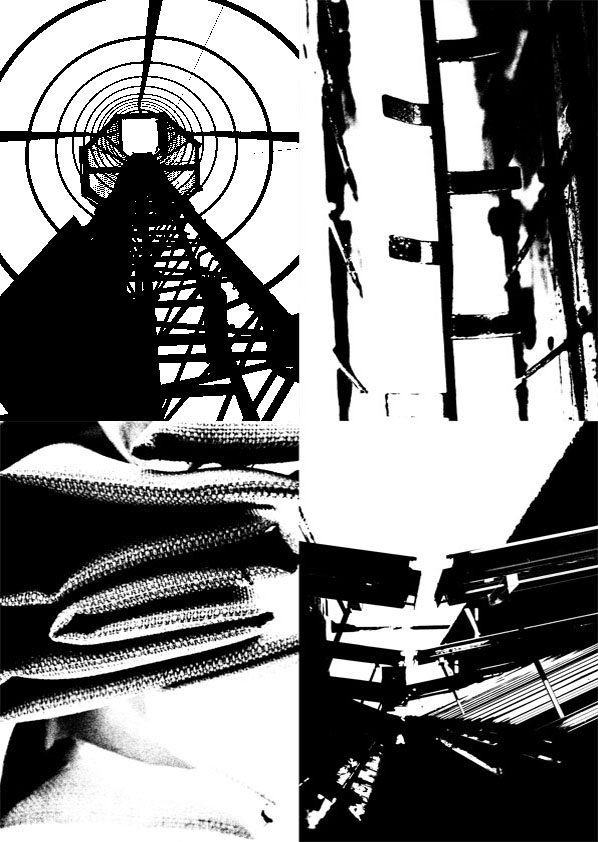
This A4 print is showcasing four images which are all in the style of Keld Helmer-Peterson, who I previously conducted research about. I want to raise two of these images using foam board, adding an element of 3D. I feel that I will raise the top two images, which will allow them to stand out more, showcasing my best bit of work.
A5 Print Ideas
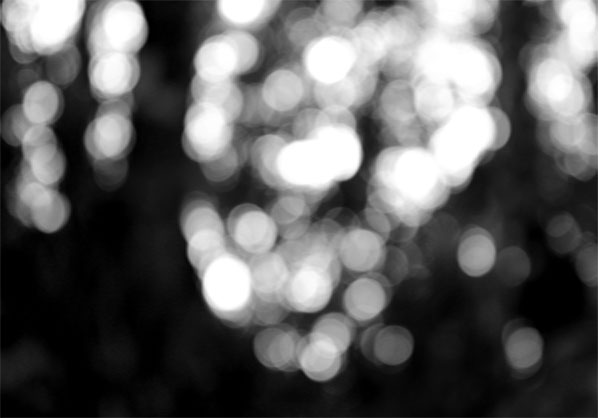
My first idea for an A5 print is to showcase this out of focused image. This image was taken from a previous photo shoot and research I had conducted. It looked at a photographer who purposefully made his images out of focus. I believe that this is the top image from the photo shoot as I like the contrast in tones and how the light is trying to seep in. I think that this photograph will be strong enough to be a print by itself and is most suitable for an A5 print.
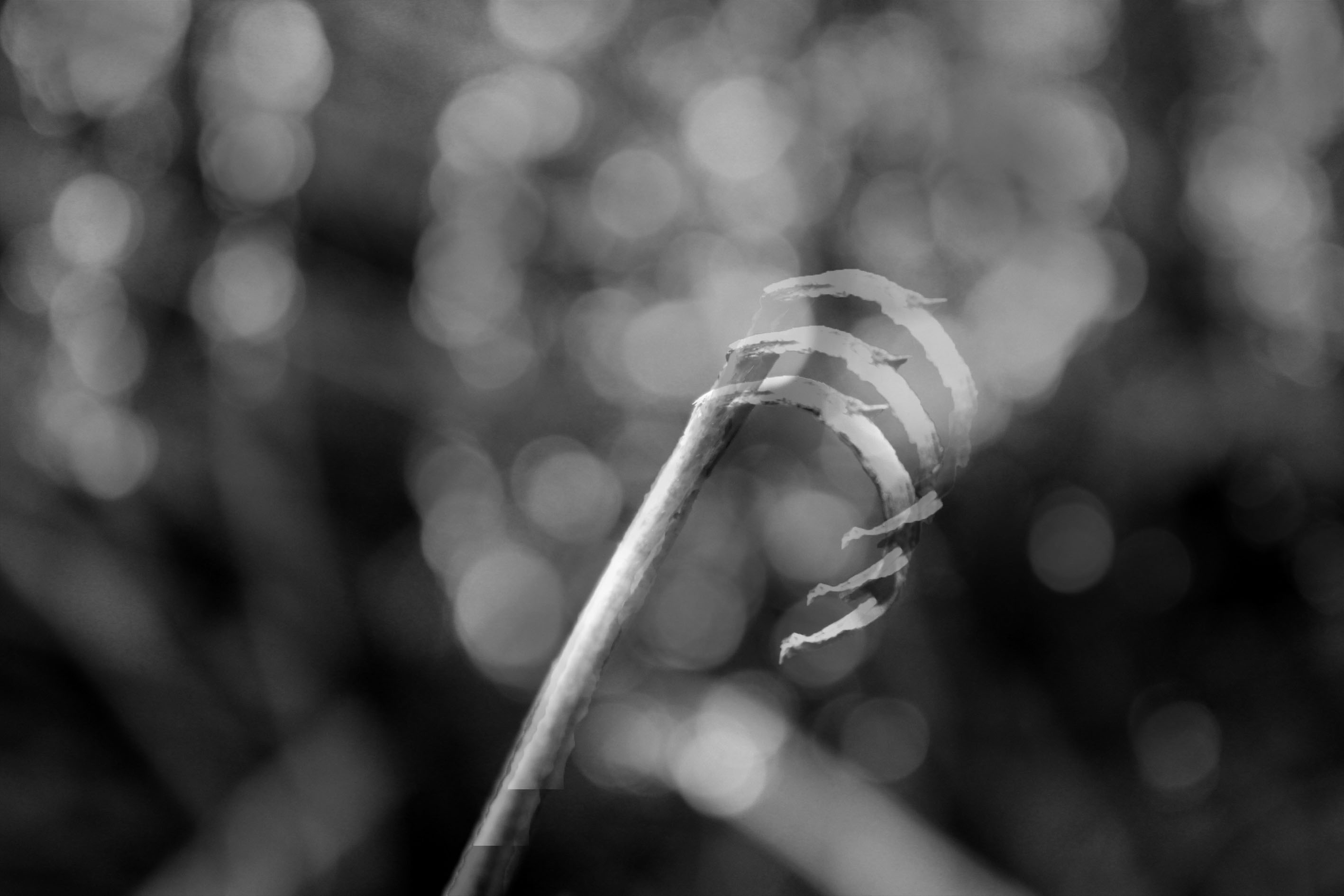
My next idea for the A5 print is to showcase the same image but in a double exposure. I took another image from my Zen Twigs photo shoot and placed it on top creating this double exposure. As much as I like the outcome I do not believe the photograph is as strong as the original image on its own.
Final Outcomes
I have taken into consideration all the pros and cons of each print and what I think would suit the topic best. These three prints clearly show the camera skills which I have developed, my Photoshop ability and the overall theme of abstract photography.



